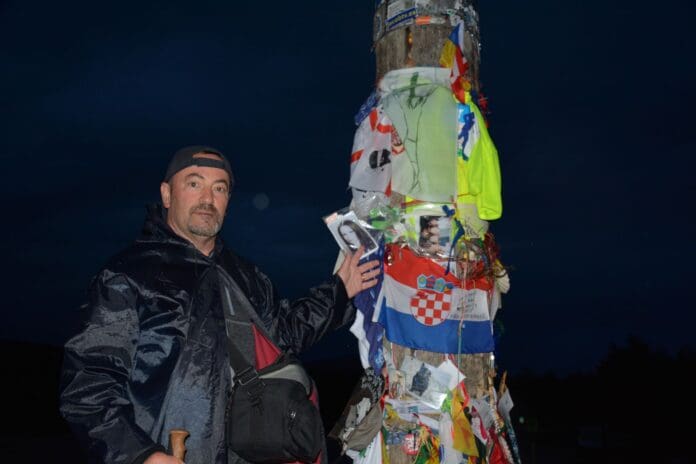Photos: Boris Čerina, private album
Boris Čerina, originally from Split, Croatia, has been living in Australia since 1998 and currently works with Australian Croatian Community Services providing home care for elderly members of the Croatian community in Melbourne. In 2017, he and his wife embarked on the famous El Camino de Santiago pilgrimage, walking 800 kilometres across France and Spain. In this interview, Boris shares his transformative journey along the ancient pilgrimage route, the challenges he faced, the people he met, and the lasting impact this spiritual and physical adventure had on his life.
Could you briefly introduce yourself – how long have you lived in Australia, where do you come from and what do you currently do?
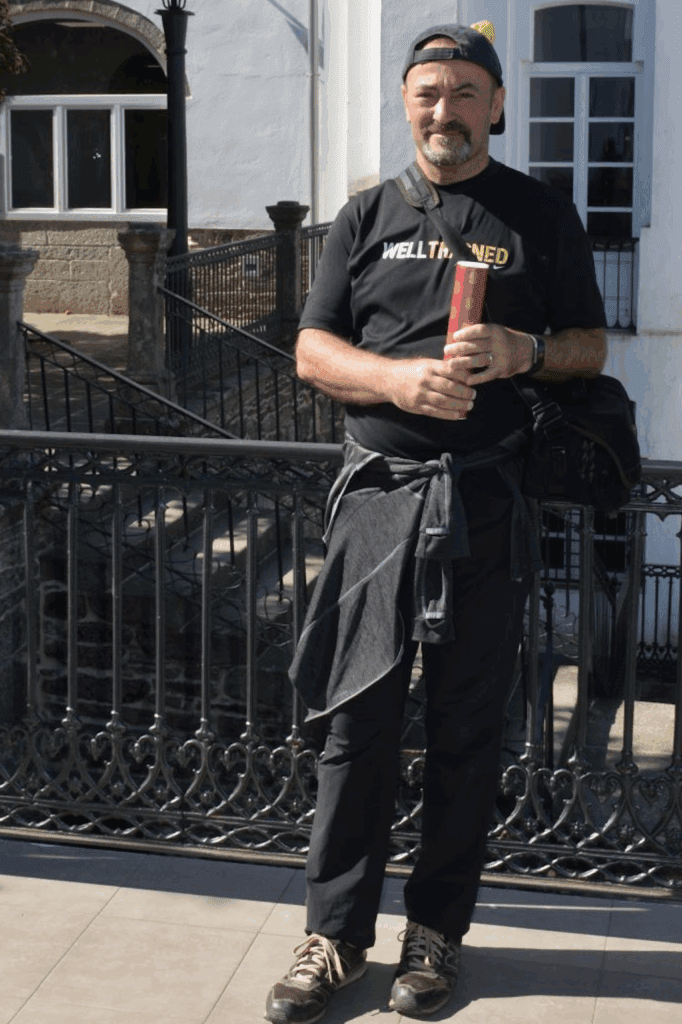
My name is Boris Čerina, I was born and raised in Split and first came to Australia with my wife, who grew up in Melbourne, in 1998 during the World Cup in France. I must mention that my favourite late-night or more accurately early morning entertainment during my first visit to Australia, alongside daily tourist visits around the city and surrounding areas, was watching World Cup matches and naturally supporting the Croatian national football team, which achieved its first historic success by winning third place in the world. We returned to Melbourne as a family for a longer stay in 2007 and I’d say permanently in 2013, after 4 years spent in Bangkok. I’m currently employed working for Australian Croatian Community Services (ACCS) on a programme providing home care services to elderly people from our community and the wider community.
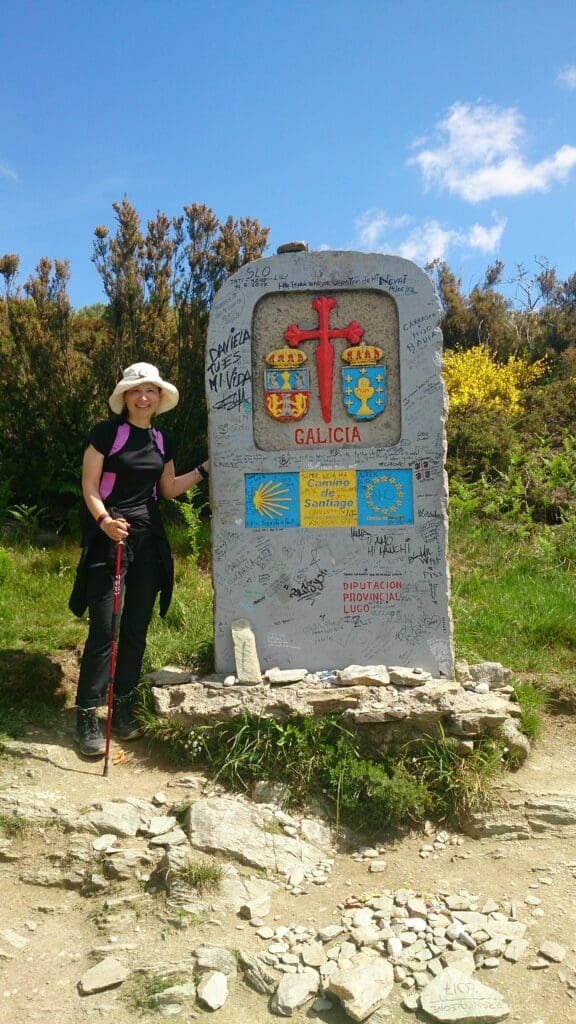
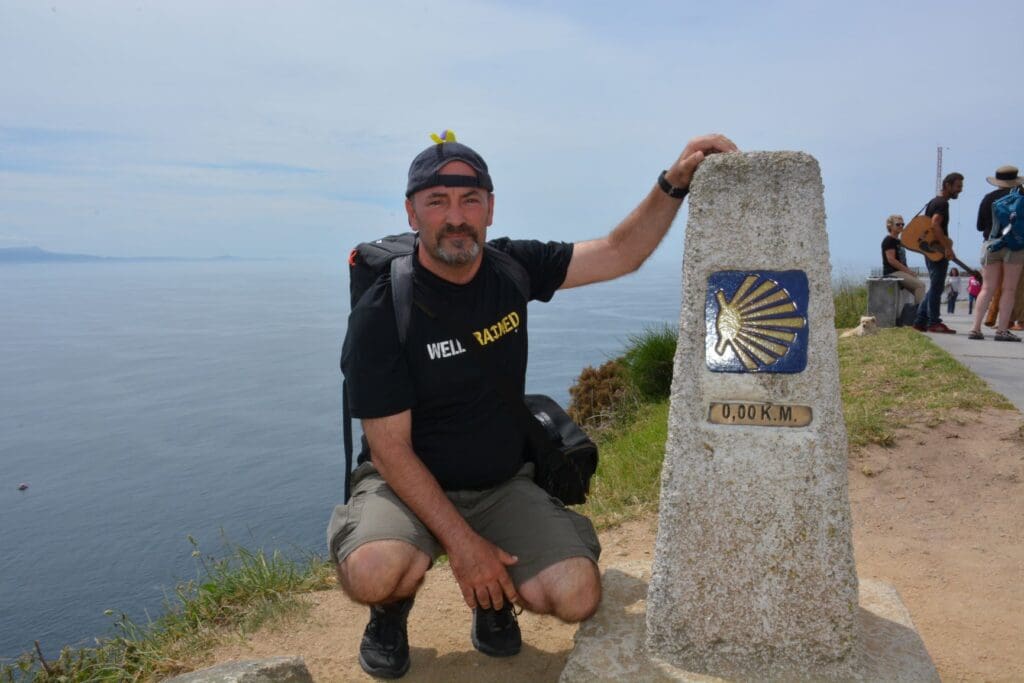
The Journey to Camino de Santiago
We’re particularly interested in your experience on the Camino de Santiago journey. Could you share what motivated you to embark on this journey and what your expectations were before starting?
There’s a saying related to the Camino that goes “You don’t choose the Camino, the Camino chooses you” and however strange that might sound at first, in our case it proved completely true. My wife heard positive stories at work from people who had been on the Camino or the Way of St James and said she would love to go on that journey one day. We bought books in which some pilgrims described their experiences from the journey, watched the film “The Way” starring Martin Sheen and that was it.
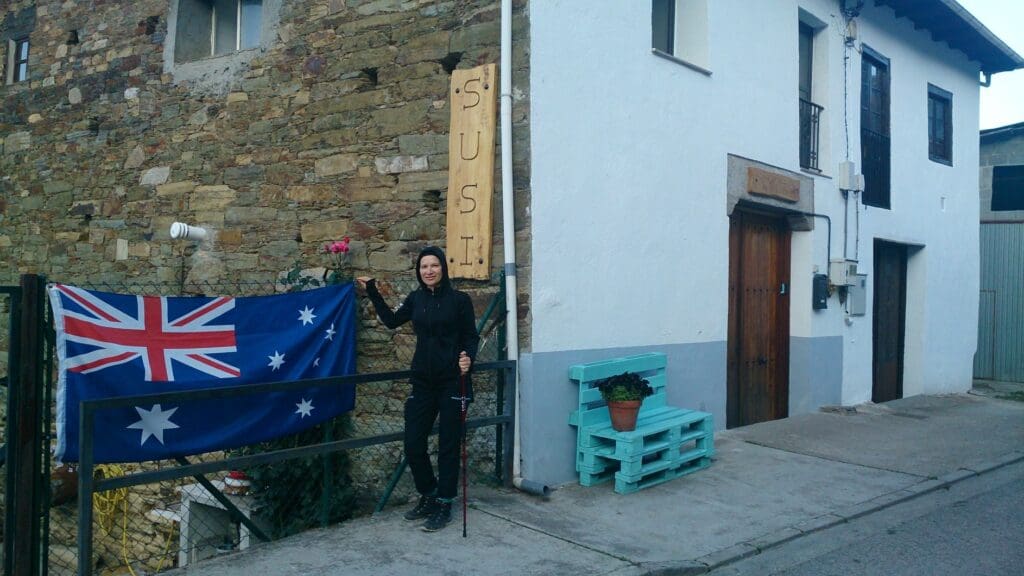
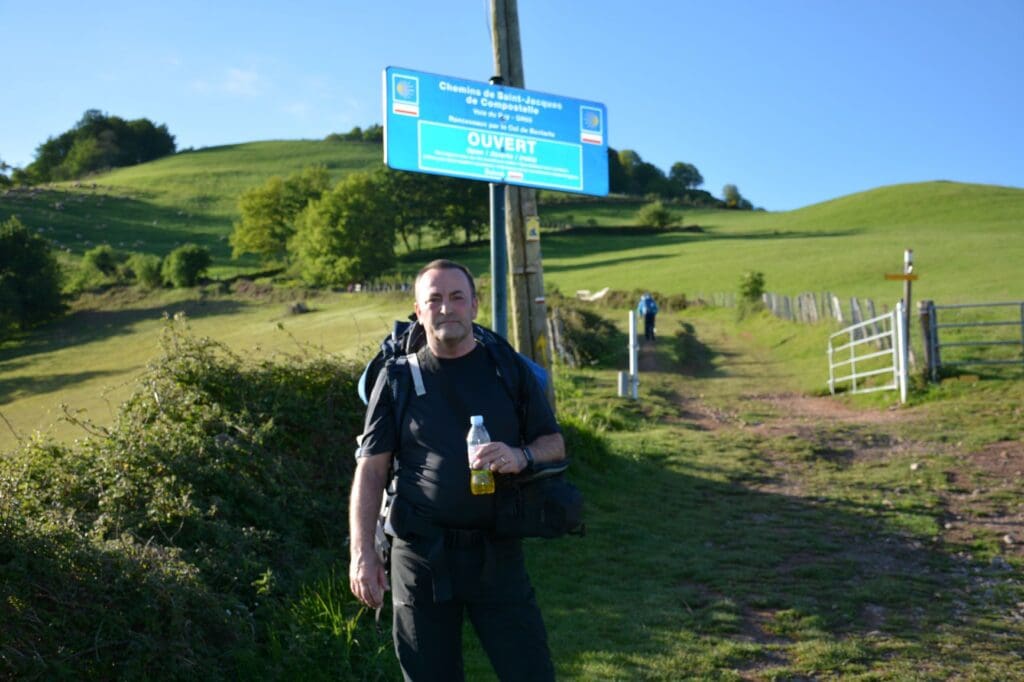
At the beginning of May 2017, after 15 months of waiting, we set off on our journey. There was no shortage of motivation, but it seems to me that the main motivation for the Camino was the need to get away for a while, without obligations, rushing about, and to dedicate time to ourselves. We were both tired, oversaturated with work and obligations, and on top of that my father was very ill, and it seems to me even today that it was the right time for the Camino. We didn’t have great expectations; we wanted to restore inner peace, have a good physical and spiritual rest, “reset” and get to know the part of Spain we were walking through, which we probably would never have seen or visited as tourists.
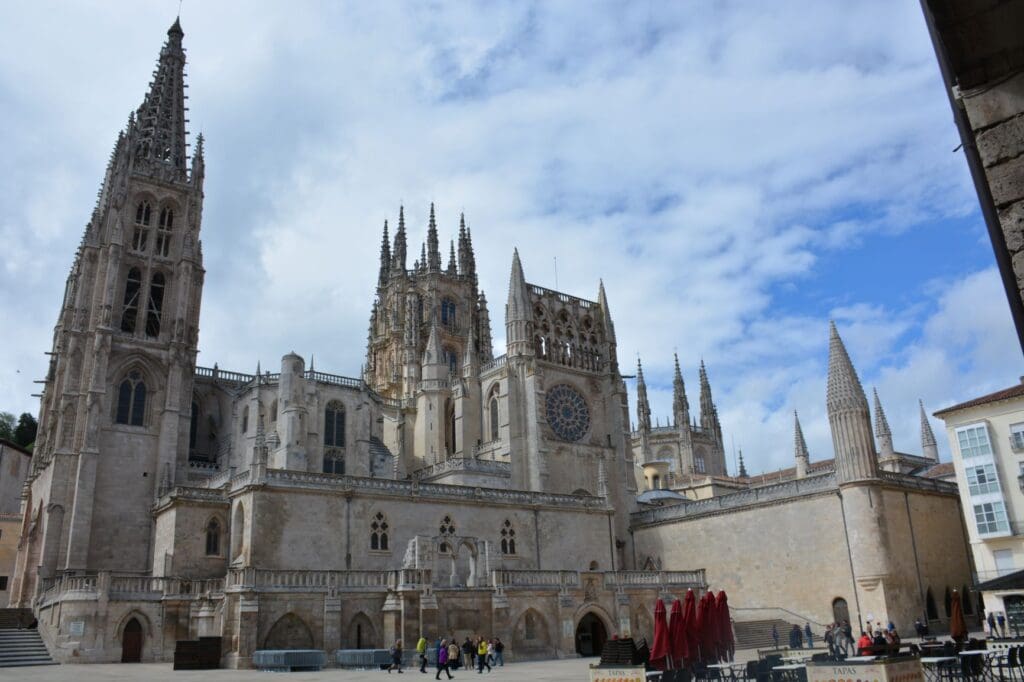
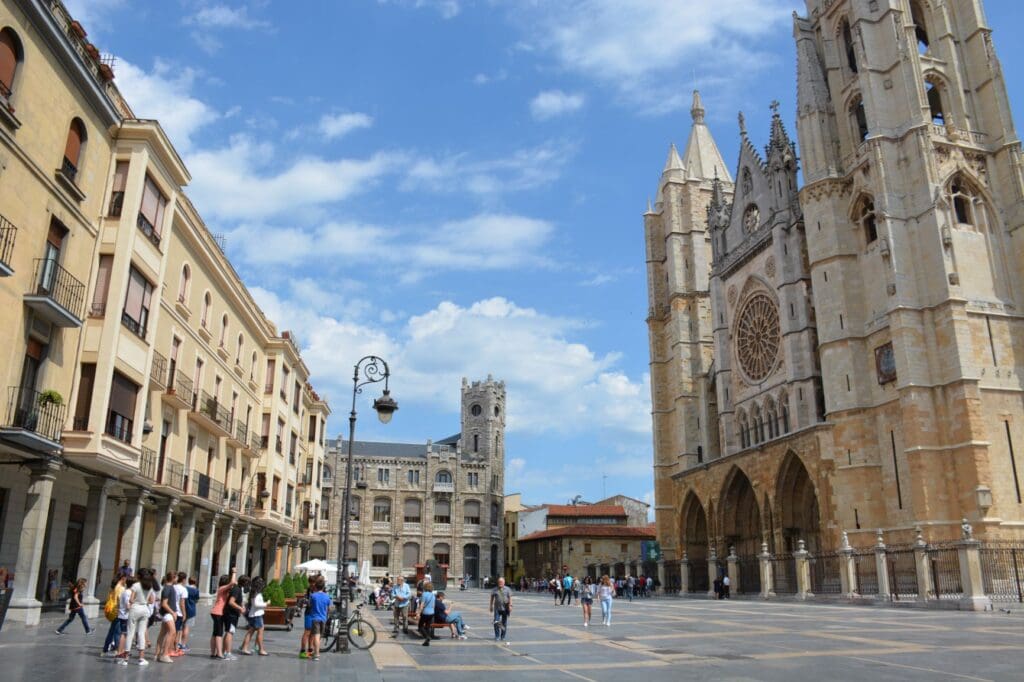
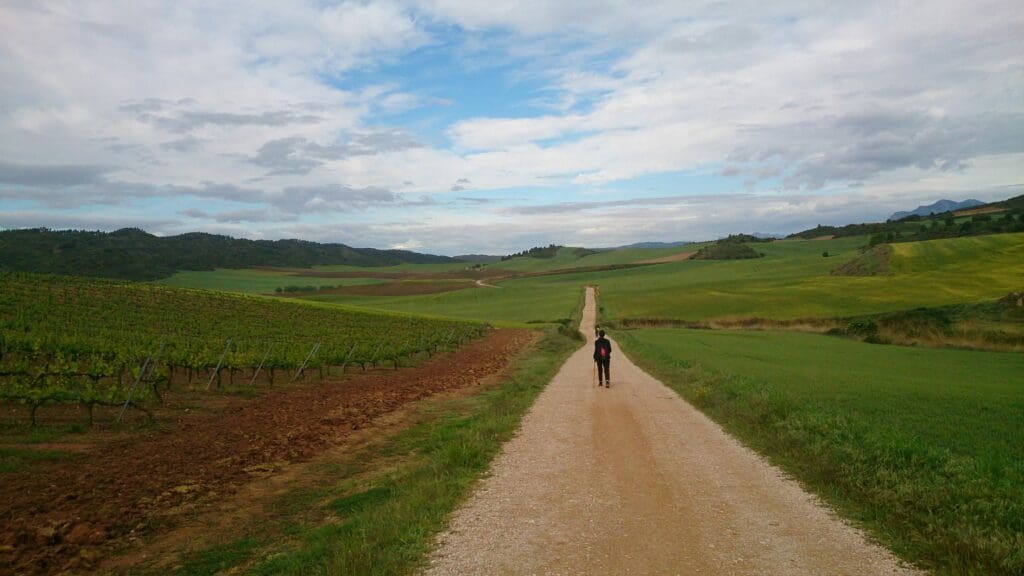
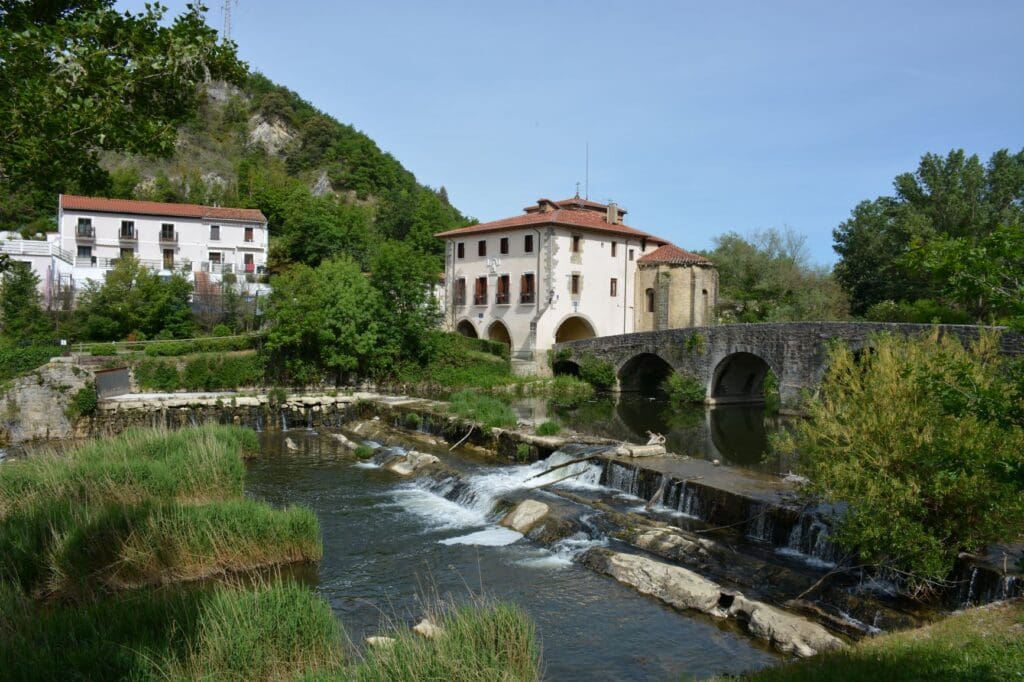
Physical and Mental Challenges
How would you describe the physical and mental challenges you faced during the journey? What was the most difficult, and what was the most beautiful experience?
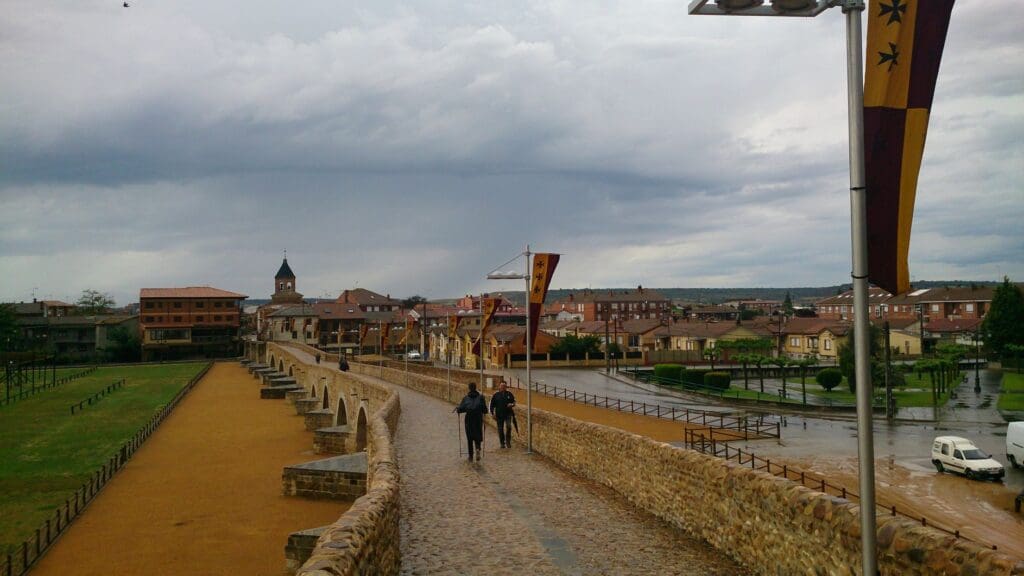
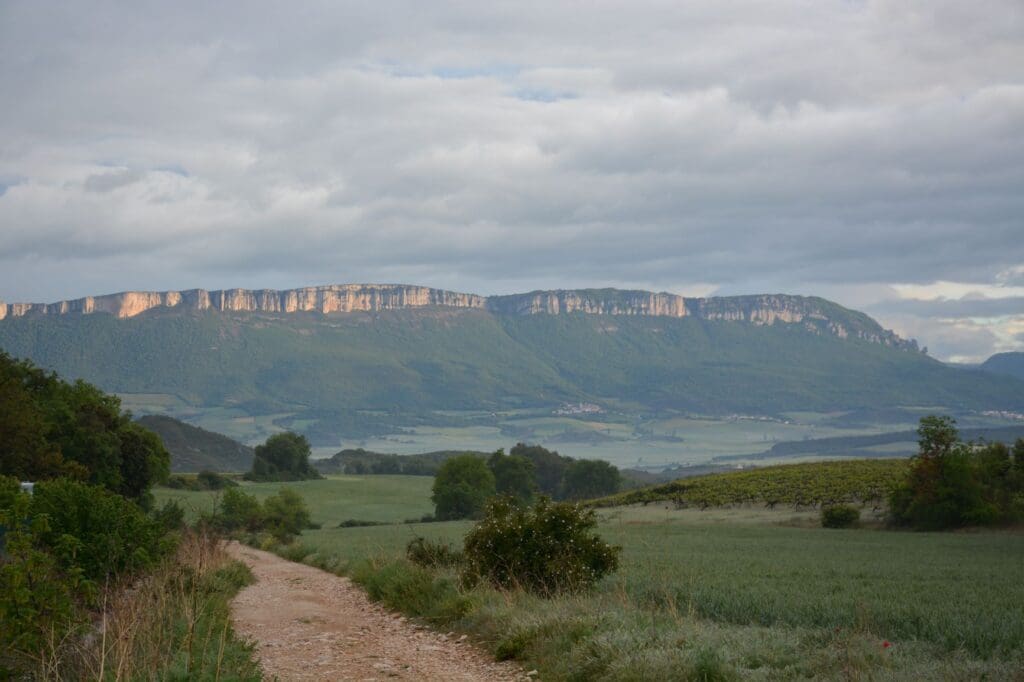
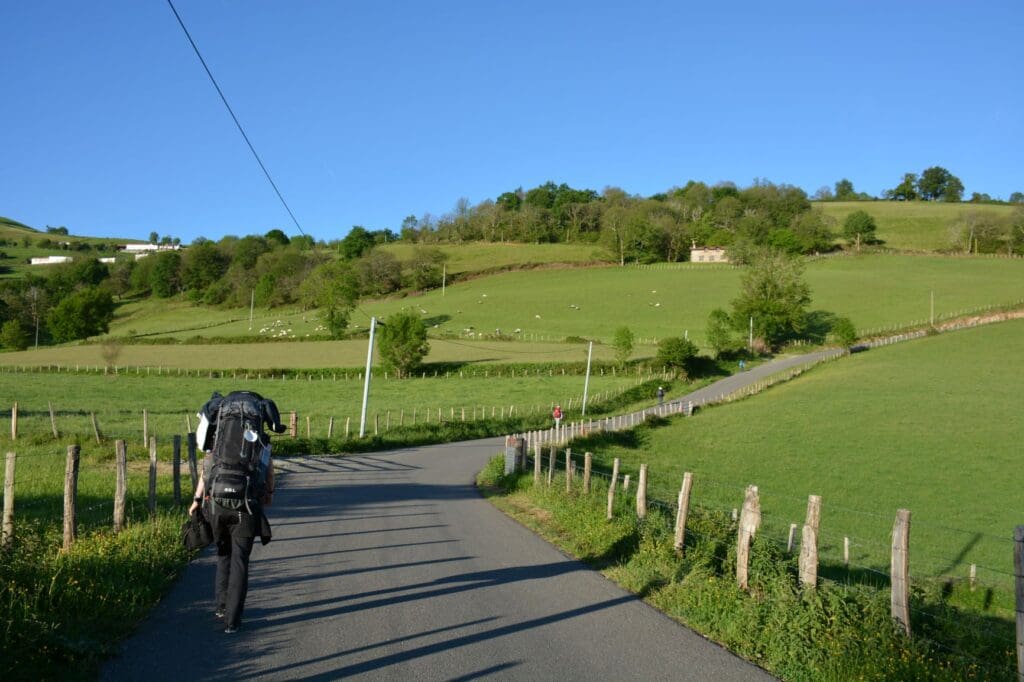
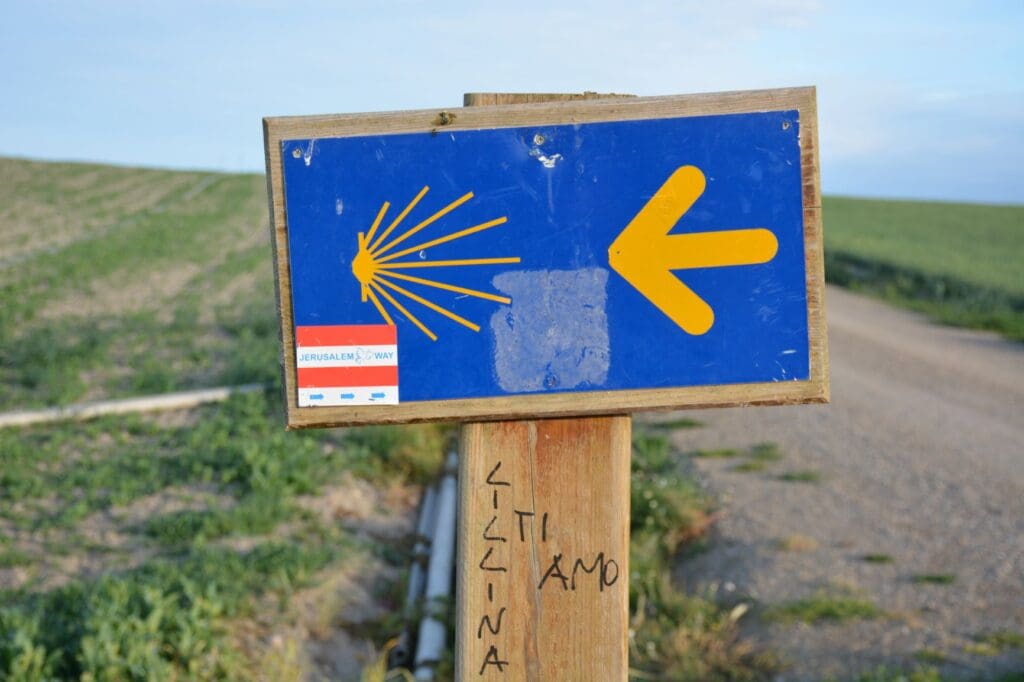
Before leaving for France and Spain, we made a plan according to which we intended to walk the route called the French Camino in 32 days, which was roughly the average time for an 800-kilometre journey. After the Camino we planned to visit Finisterre, a small fishing village on the Atlantic coast which until Columbus’s discovery of America was believed to be located at the end of the world, about 100 kilometres from Santiago, our final destination.
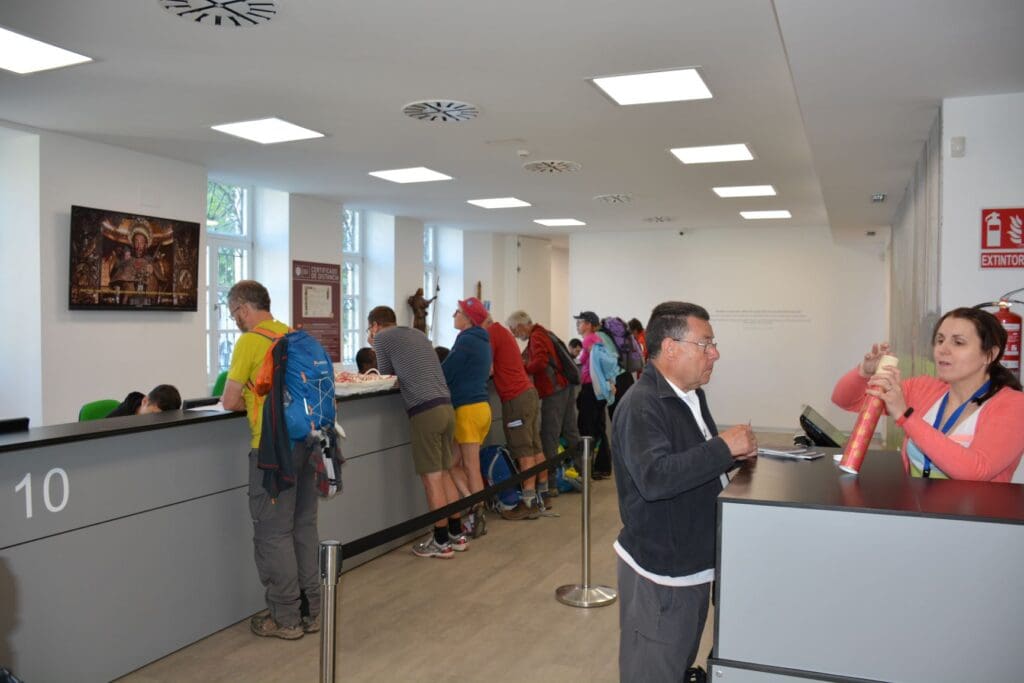
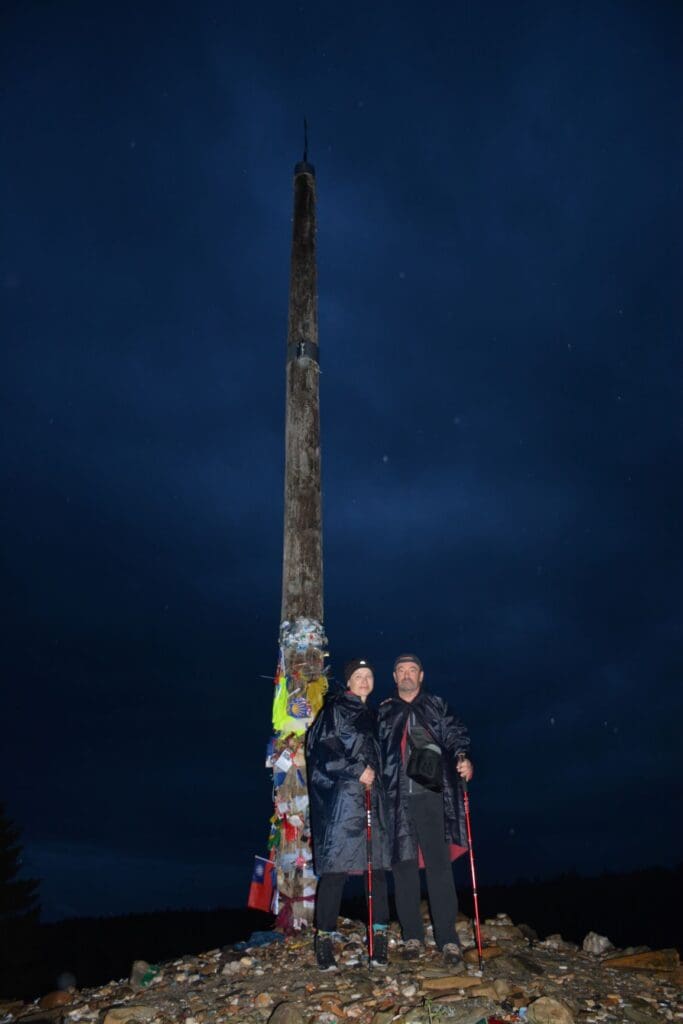
Iron cross on which problems or sorrows that pilgrims carry are symbolically left behind
The most physically and mentally challenging was the first day when we set off with all our luggage – I had over 18kg plus an additional bag with a camera and my wife had 16kg – over the Pyrenees mountain pass at a height of 1,430 metres to the town of Roncevalles in Spain, 28 kilometres away, which took us a full 9 and a half hours of walking. New, unworn hiking boots that I’d bought before leaving for the Camino gave me blisters and the nails on both my big toes and left little toe turned black, so I felt the consequences of that first day for several days afterwards. My wife had no problems because she was wearing older, broken-in shoes.
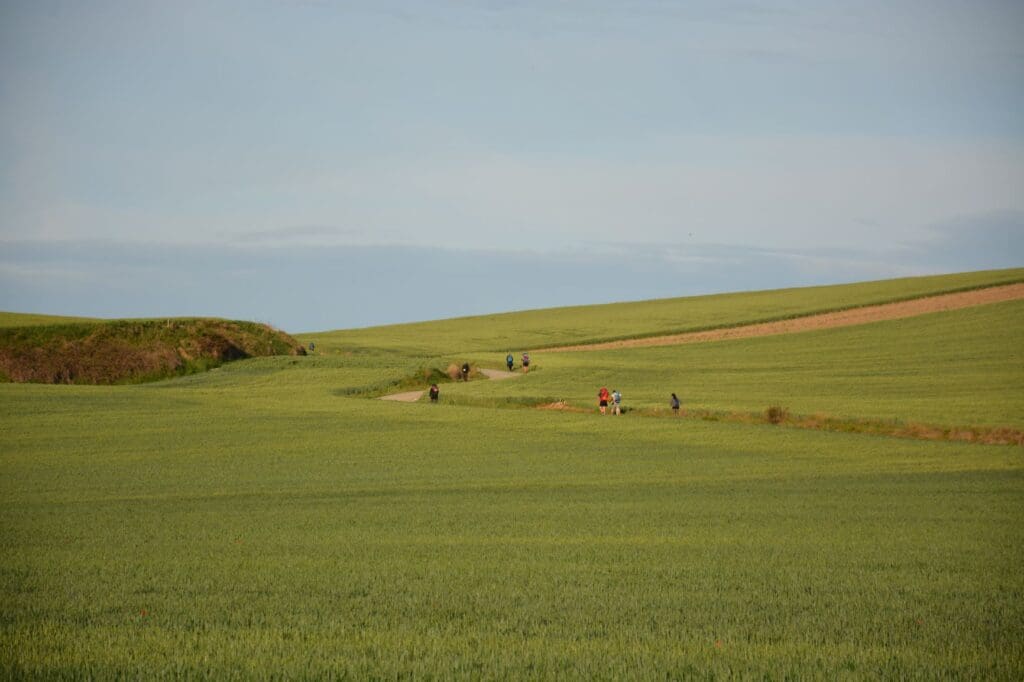
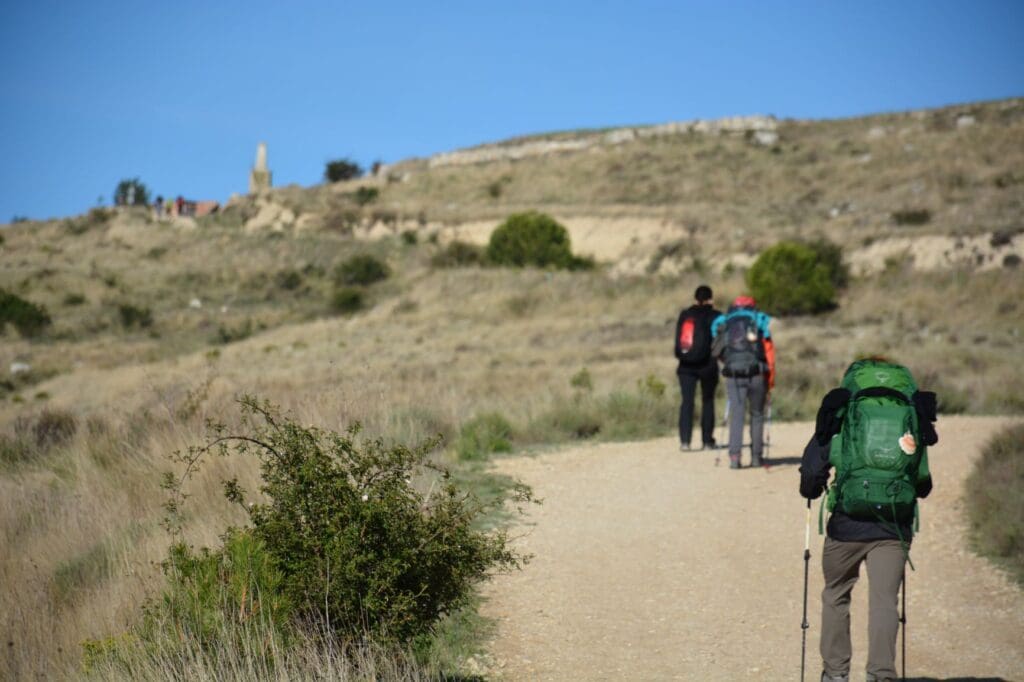
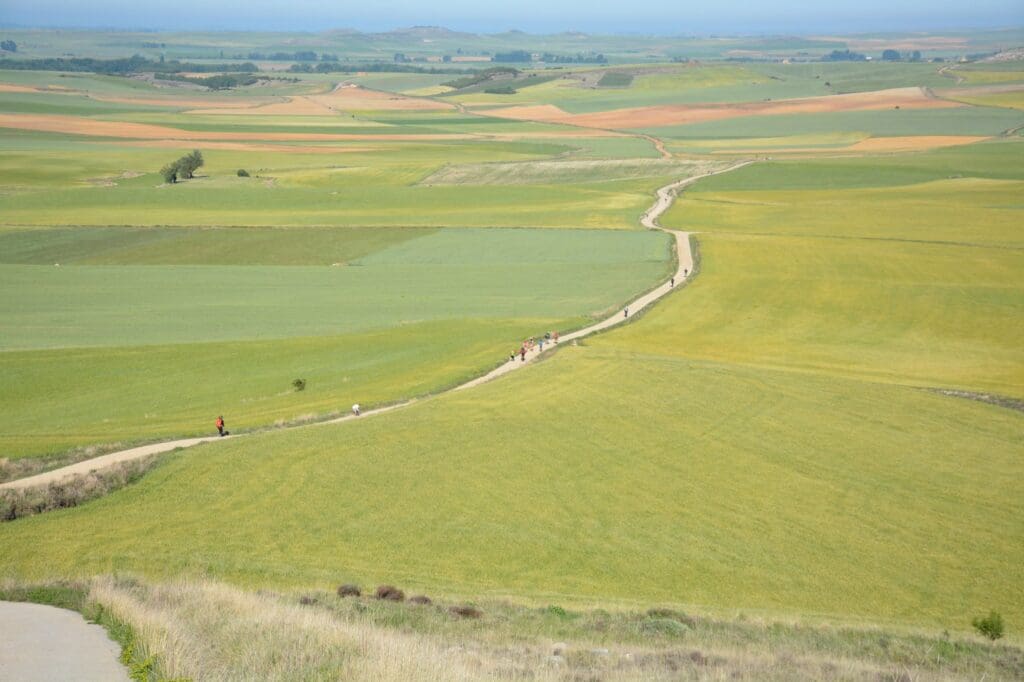
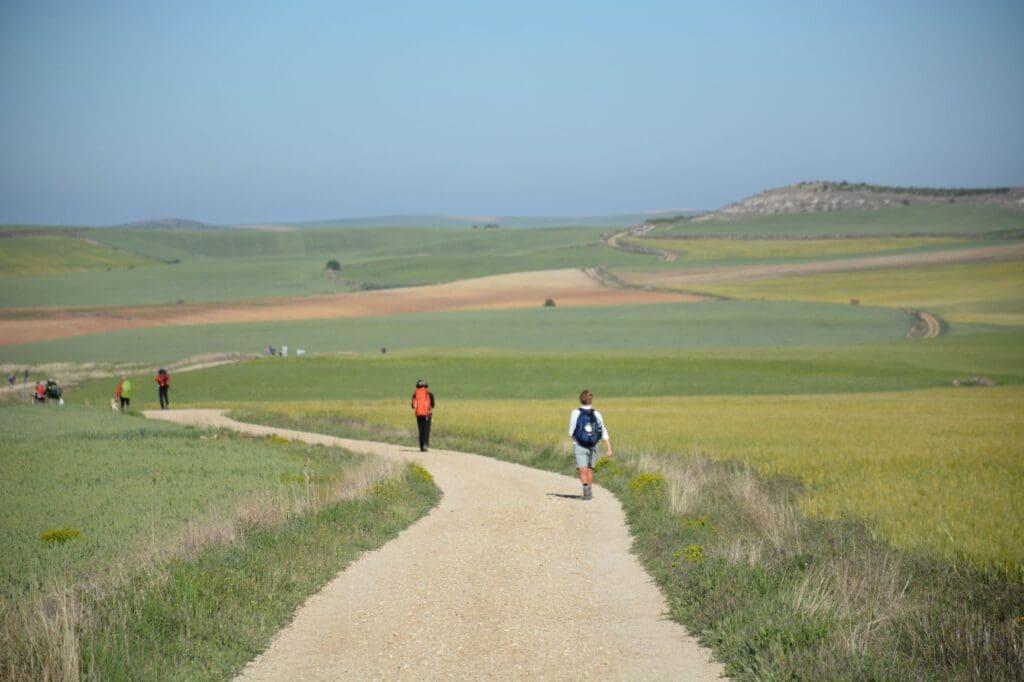
During the journey, when we were likewise crossing over some mountain, we were followed by thick fog where you couldn’t see 10 metres in front of you, only for heavy rain to start afterwards accompanied by terrible thunder whilst we were on the mountain with no shelter anywhere. Psychologically, the most difficult was walking through the 400km-long Meseta (Spanish Slavonia) on the old Roman dusty path at temperatures of 30 degrees and above, and sleeping in accommodation in communal rooms full of people who snored loudly, ha ha ha.
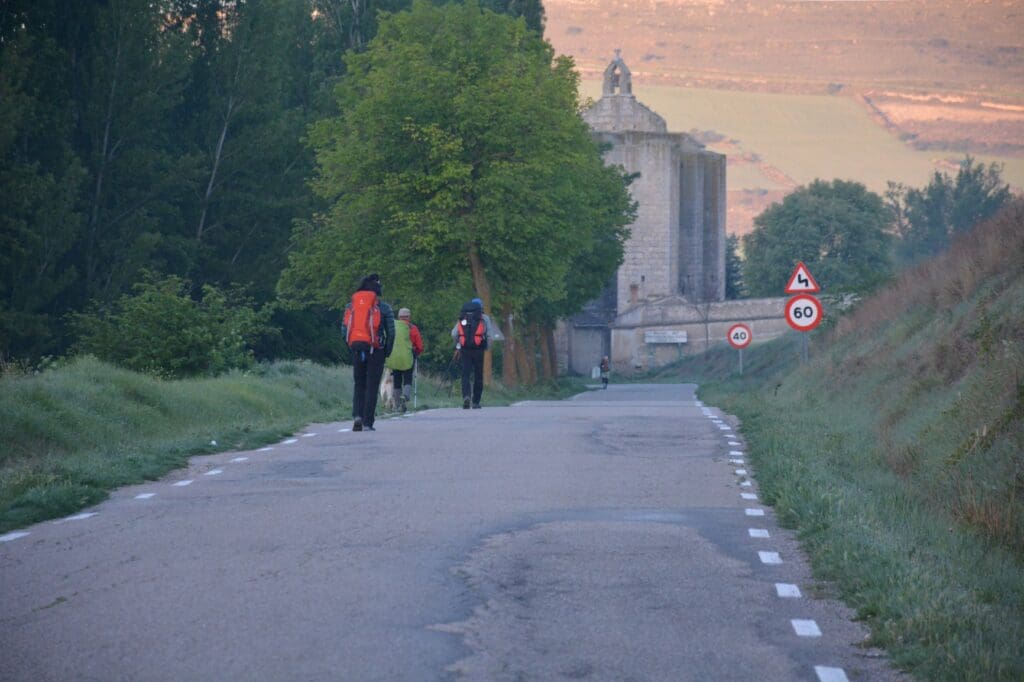
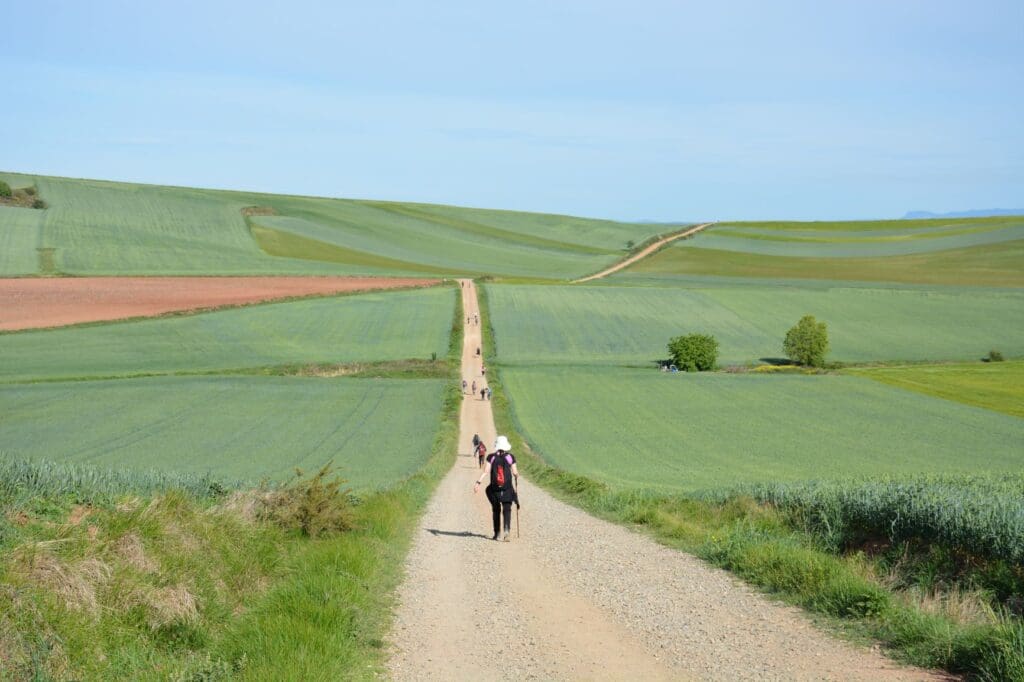
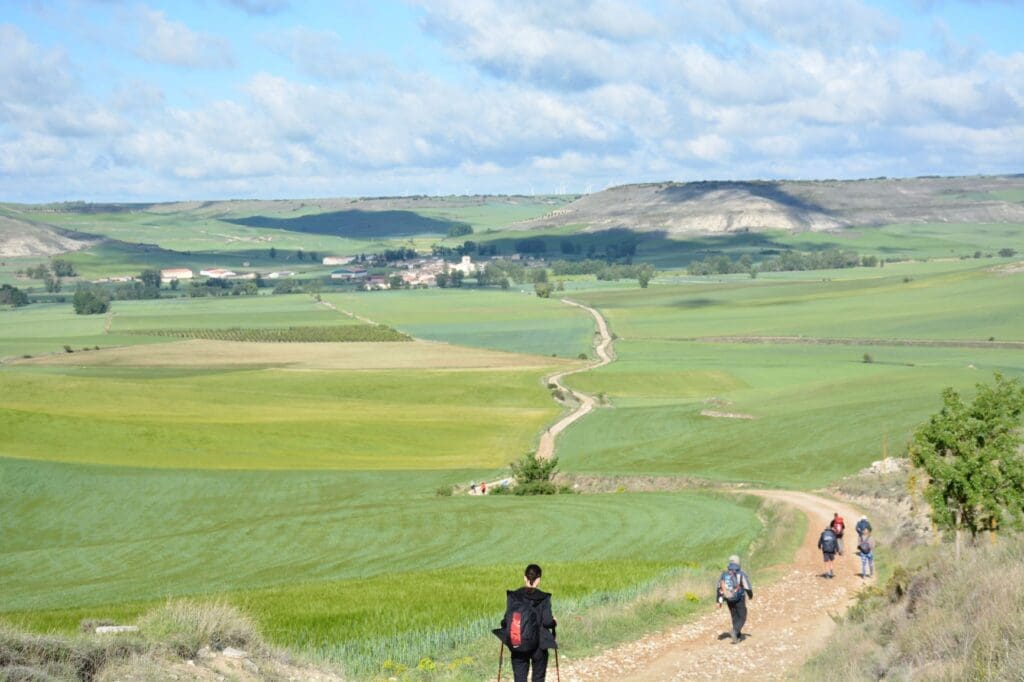
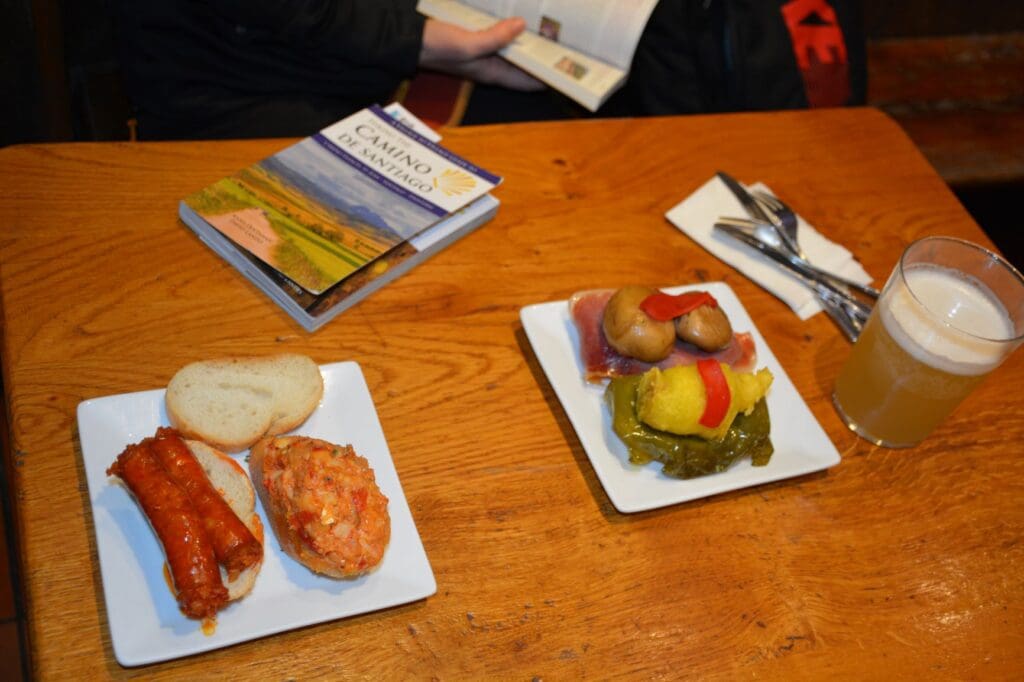
The most beautiful experience is the peace that follows you throughout the entire journey, the people you meet and the landscape you pass through whilst walking. Then there’s the food – small bites called tapas or pinxos as tapas are called in that part of Spain, pulpo or octopus prepared with red pepper, bread with ham (jamon), natural orange juice that can be bought in every café, croatian Franck coffee that they serve in all the cafés in the town of Zubiri, etc. The memories are beautiful and numerous.
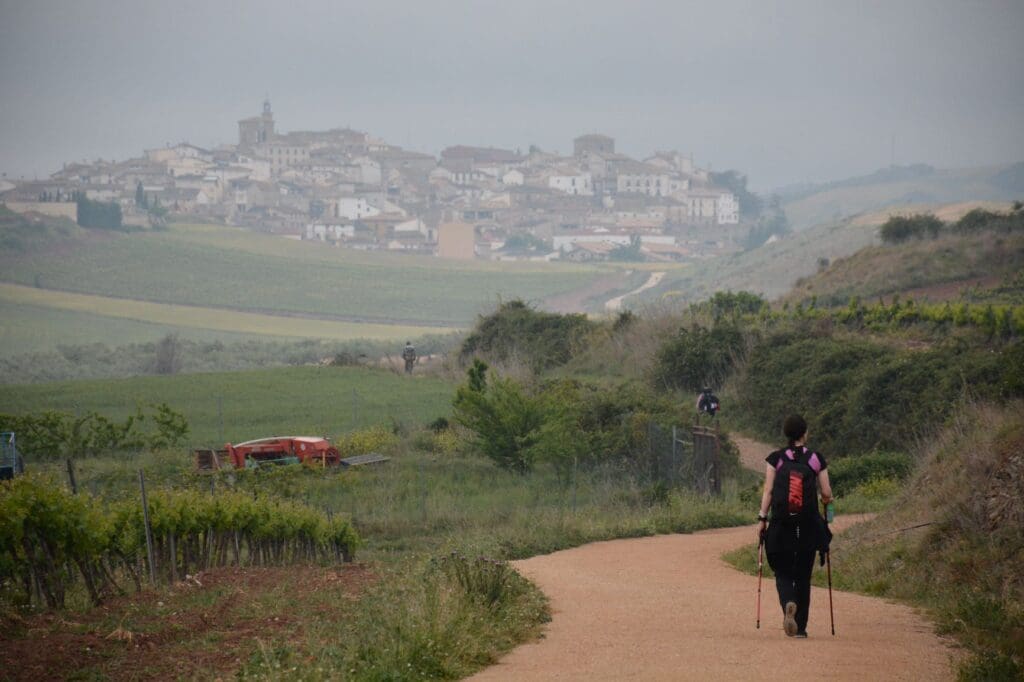
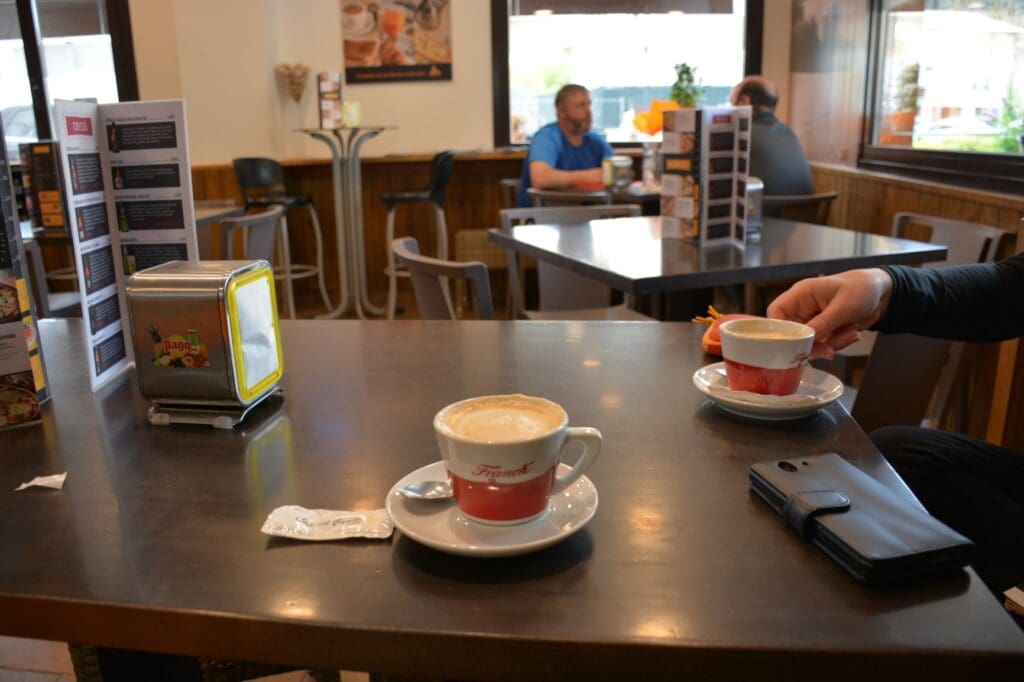
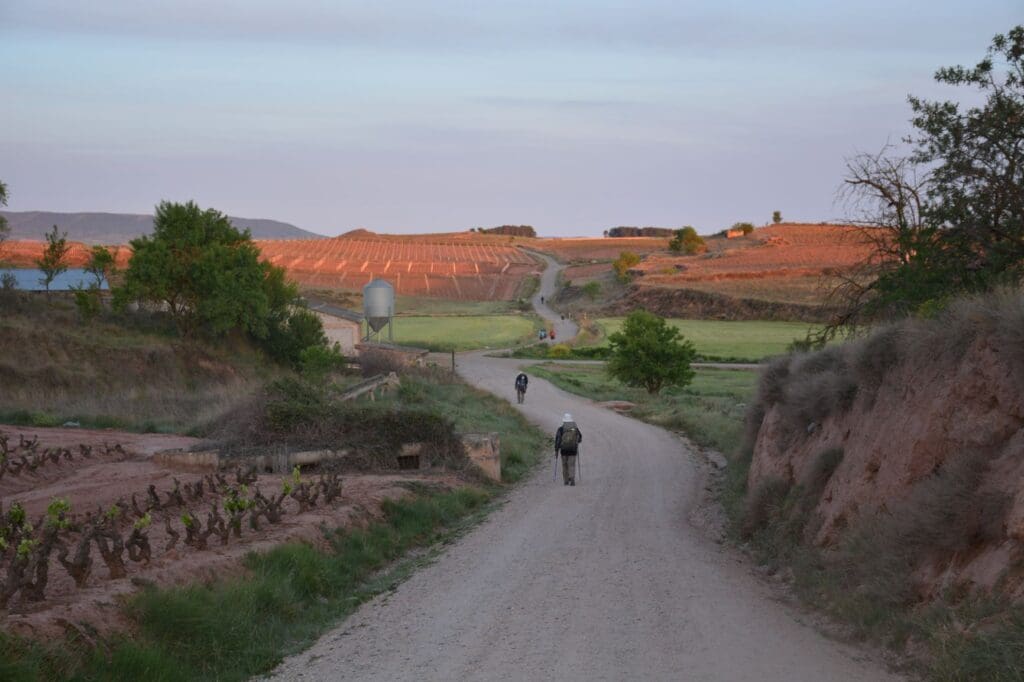
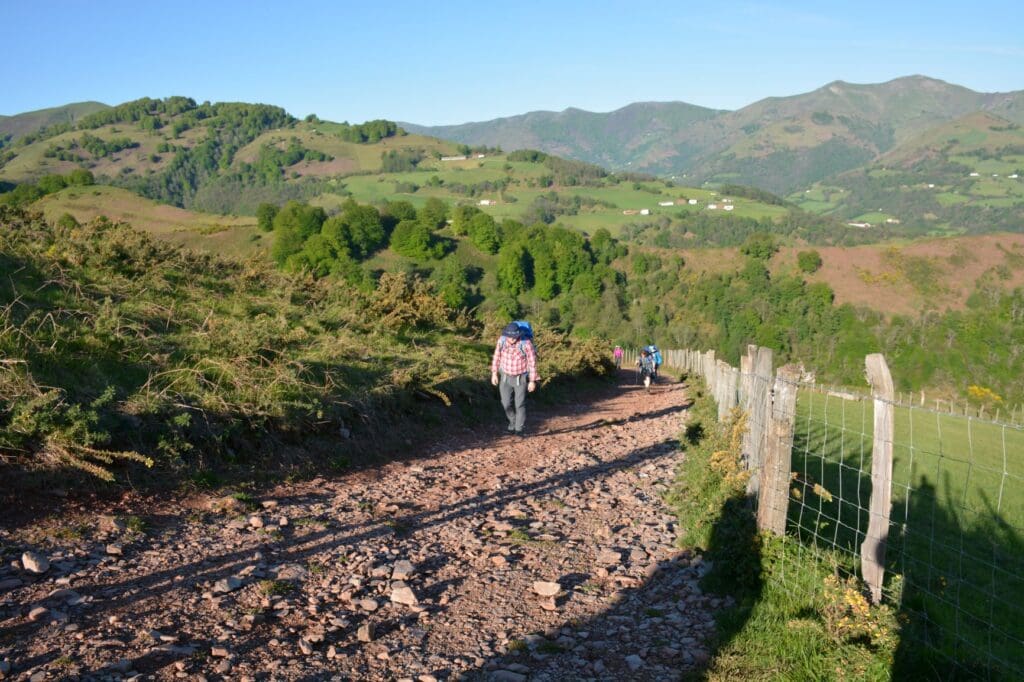
Personal Transformation
How did walking El Camino affect you personally? Did you experience any significant changes in perspective or life approach during the journey or after it?
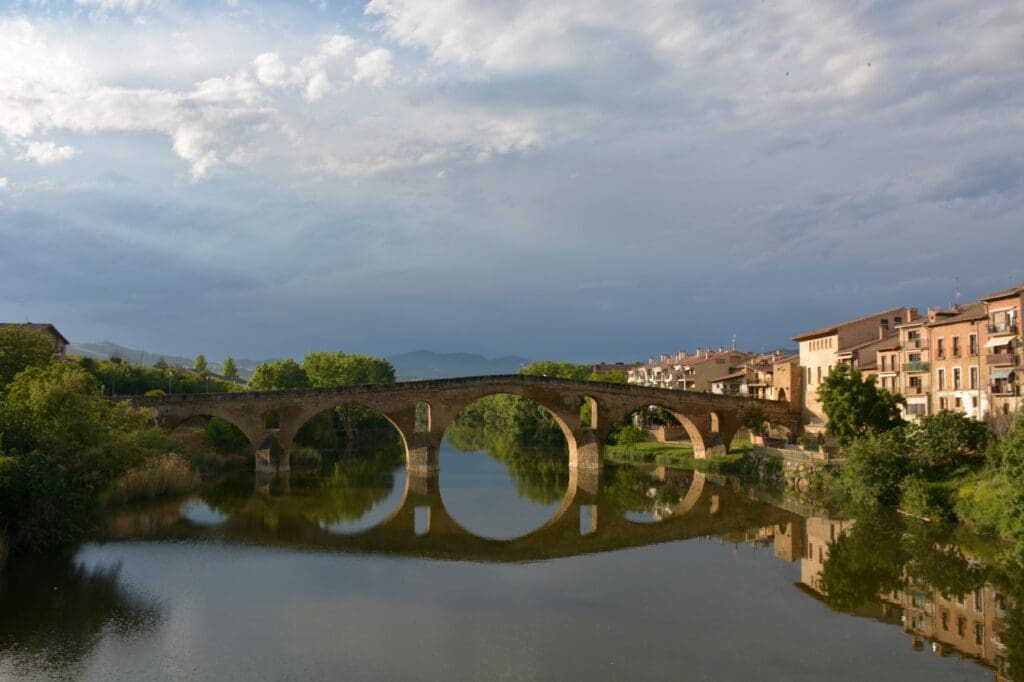
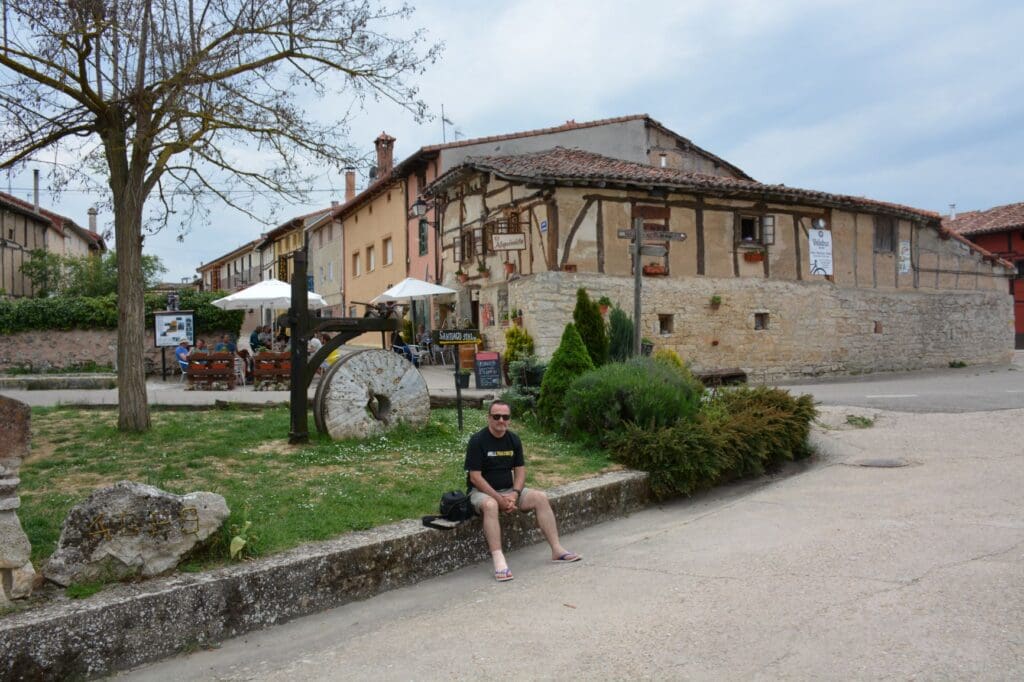
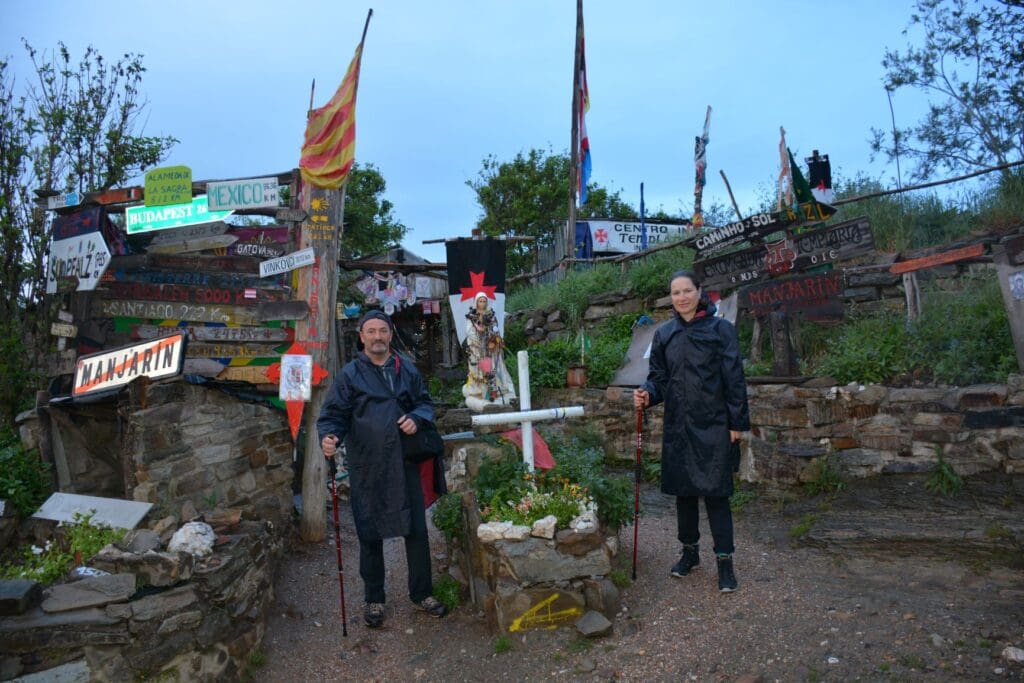
I don’t think any major changes occurred in my life during the Camino or after it, but walking the Camino confirmed something I already knew but in this mad world sometimes perhaps forgot – that you really don’t need much for life, and happiness and satisfaction are in small everyday things: a new morning, coffee with friends, a smile, a kind word, a new day, contact with unknown people and everything that fills you and makes you satisfied. We could hardly wait to wake up early in the morning, walk and discover new landscapes or towns, try new food and learn something new. We definitely returned from the Camino calmer and more rested.
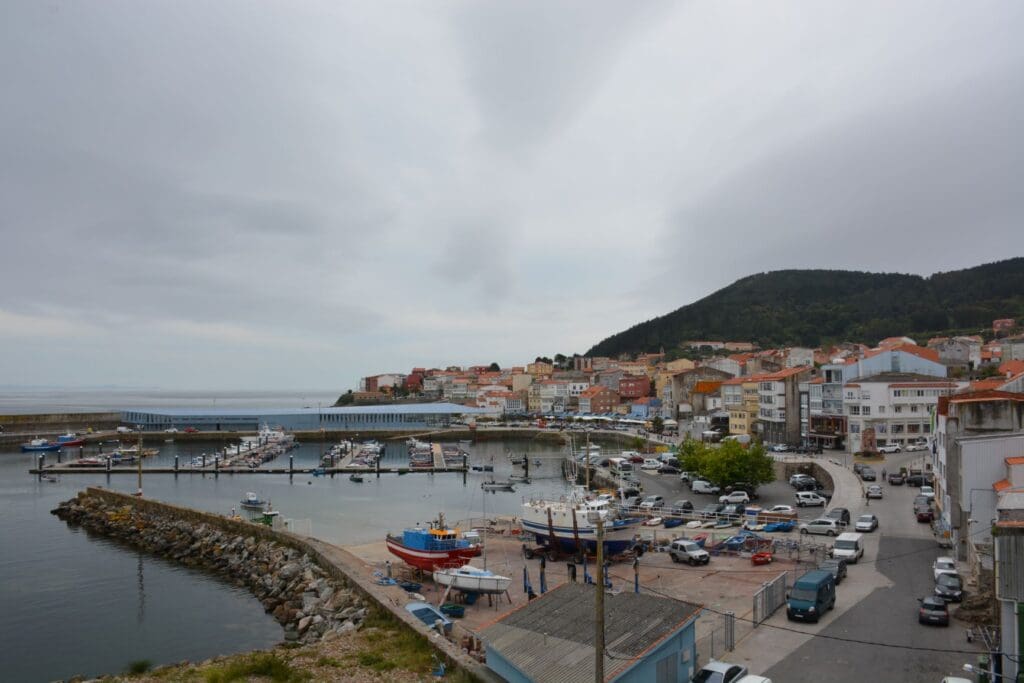
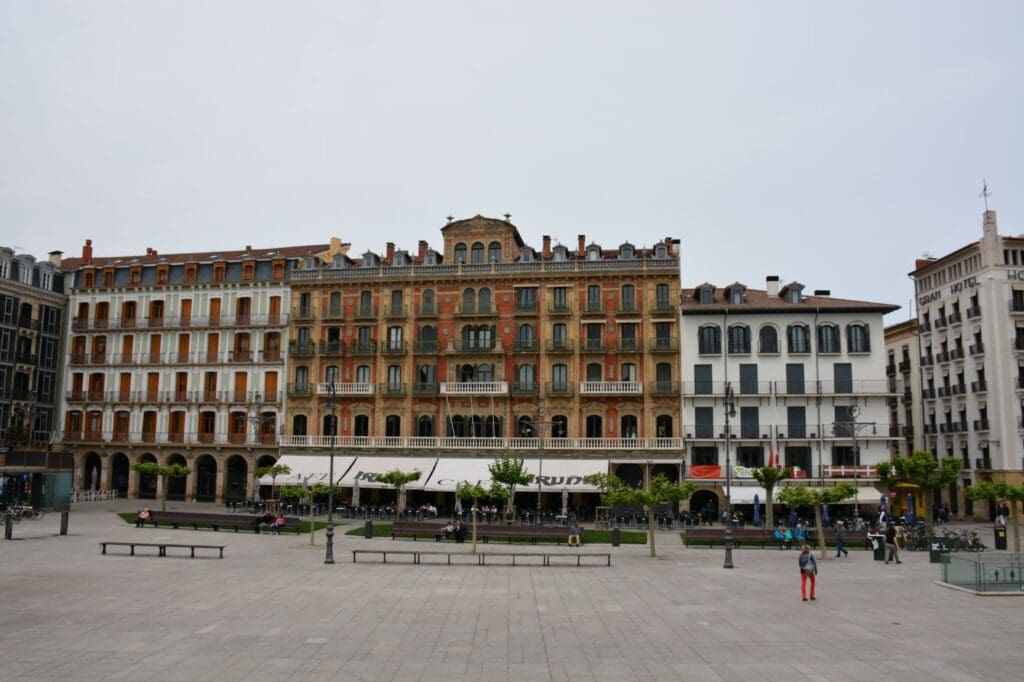
Fellow Pilgrims
What were the encounters with other pilgrims like? Is there a particular story about friendship or fellowship you would highlight?
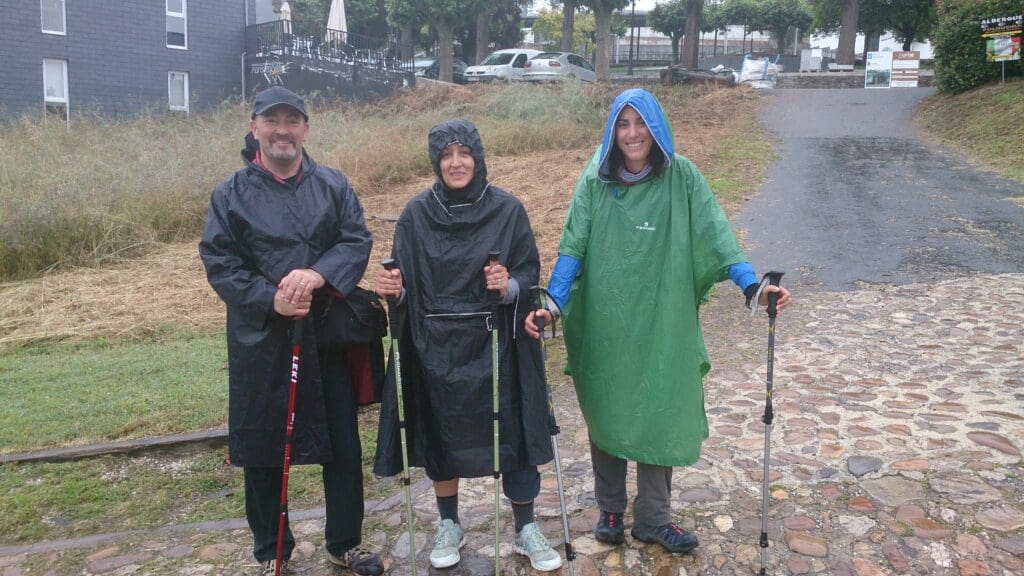
With Dražena from Šibenik and Karla from Hvar.
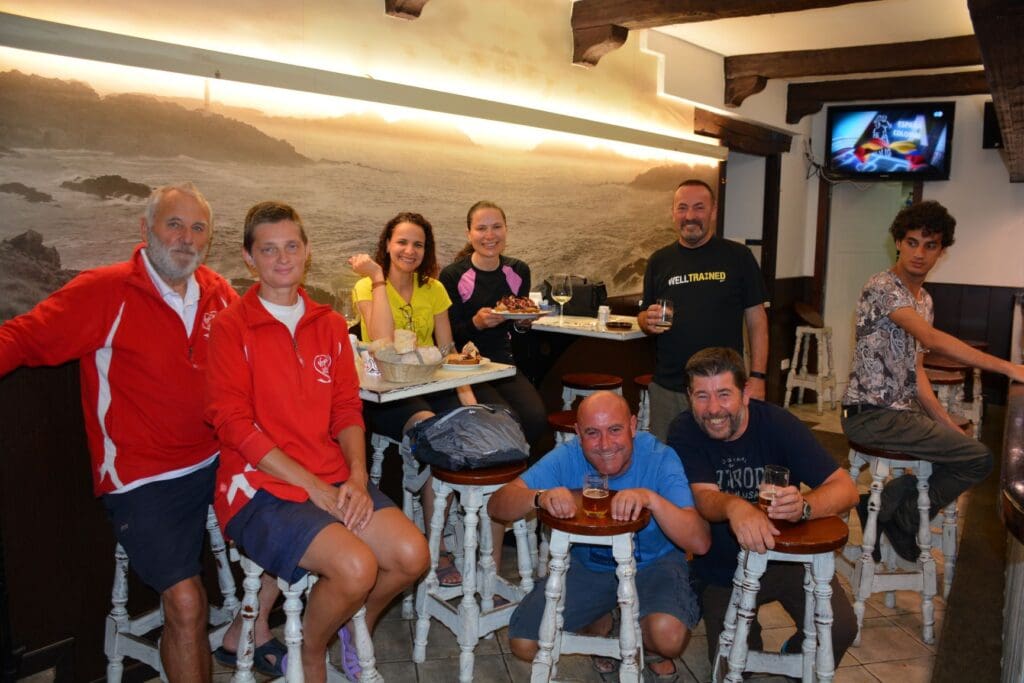
On the Camino you meet people of different profiles, life fates and beliefs, from different countries and cultures, whom you’ll hardly meet in everyday life or if you do meet them you won’t recognise them as such, because the circumstances and conditions under which you meet them on the Camino are completely different. Most pilgrims go on the Camino for religious reasons, but there are also those who decide to go on the journey to fill a void in their lives, mark a certain life event or think about and make an important life decision in peace, and for some it’s purely a physical or psychological challenge.
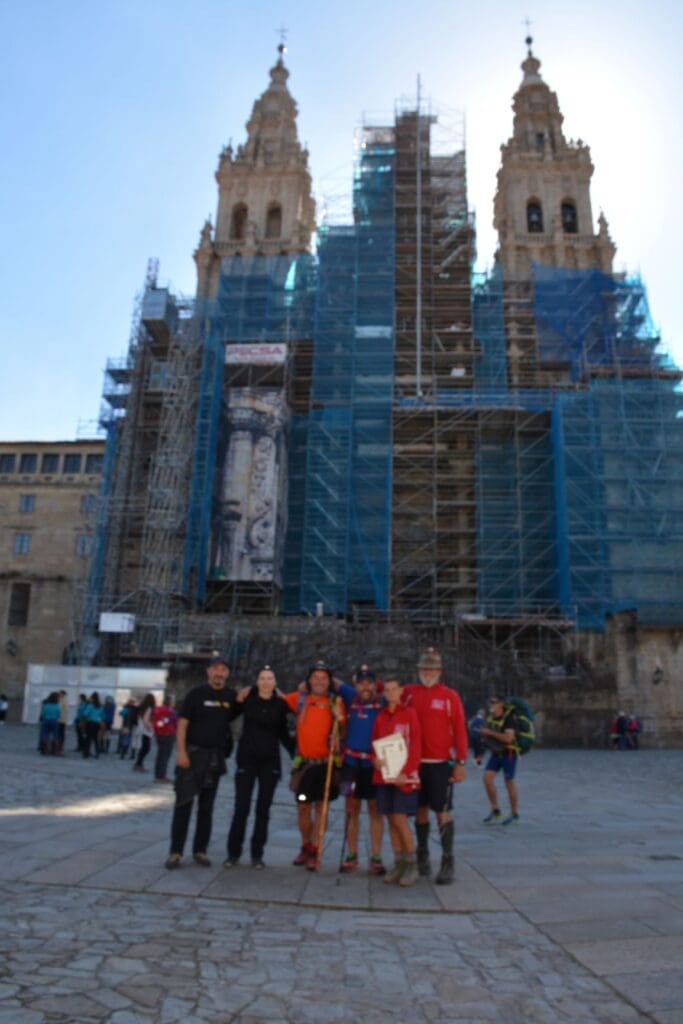
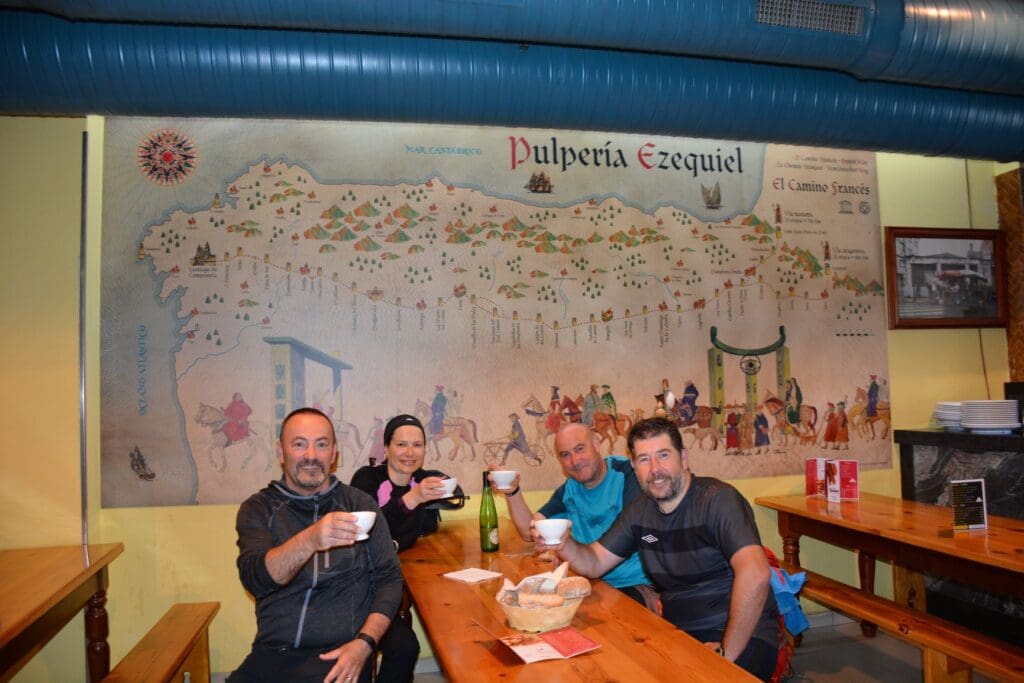
Some do it in memory of a deceased person and some hope that some of their sins will be forgiven at the end of the journey. Some would like to lose unwanted excess weight on the Camino. Although the reasons for departure are different, everyone who walks has the same goal, which is to reach the destination, the cathedral of St James in Santiago de Compostela. Because of this, there’s a feeling of fellowship on the path and pilgrims are ready to help each other, chat or share dinner, offer you a glass of wine or help carry your rucksack.
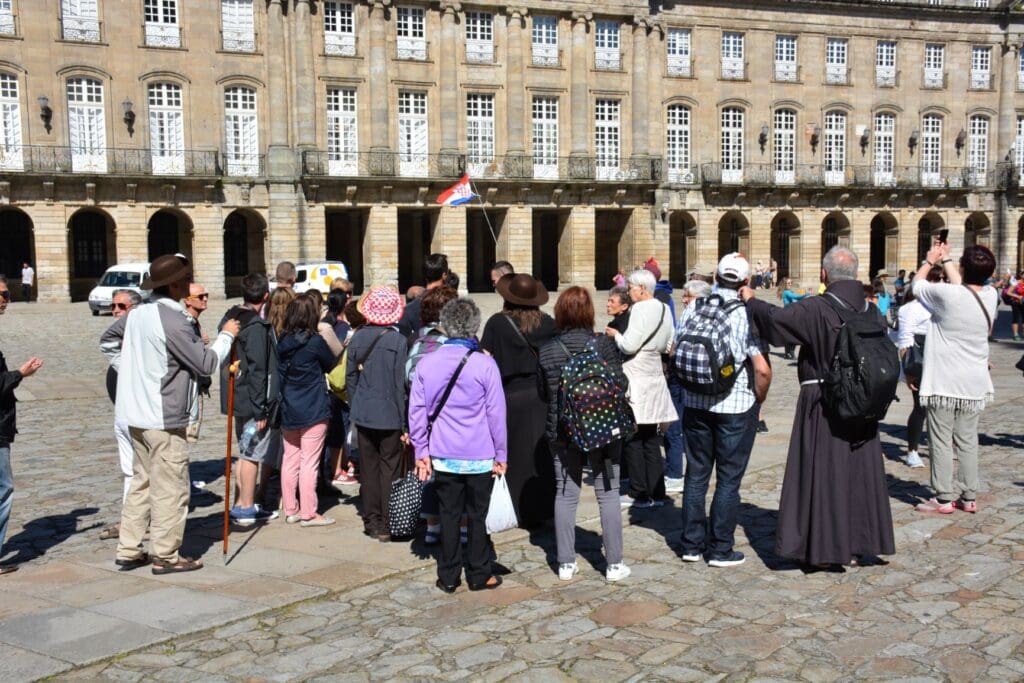
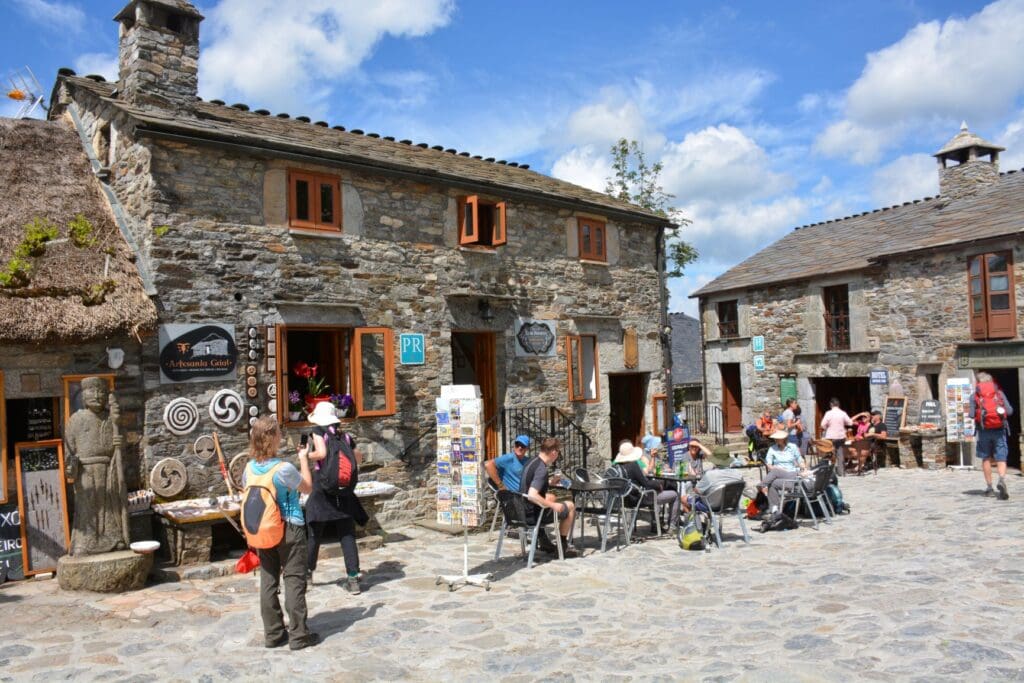
We became closest to one Spaniard from the Basque Country, a passionate supporter of Athletic Bilbao football club. At 38 years of age, he survived a stroke and whilst lying in hospital felt a calling and thought only about how he had to go on the Camino. After that, over the next few years, he walked several different Camino routes and wrote a guide in Spanish for the French Camino route. He was an inexhaustible source of valuable information regarding accommodation and food on the route.
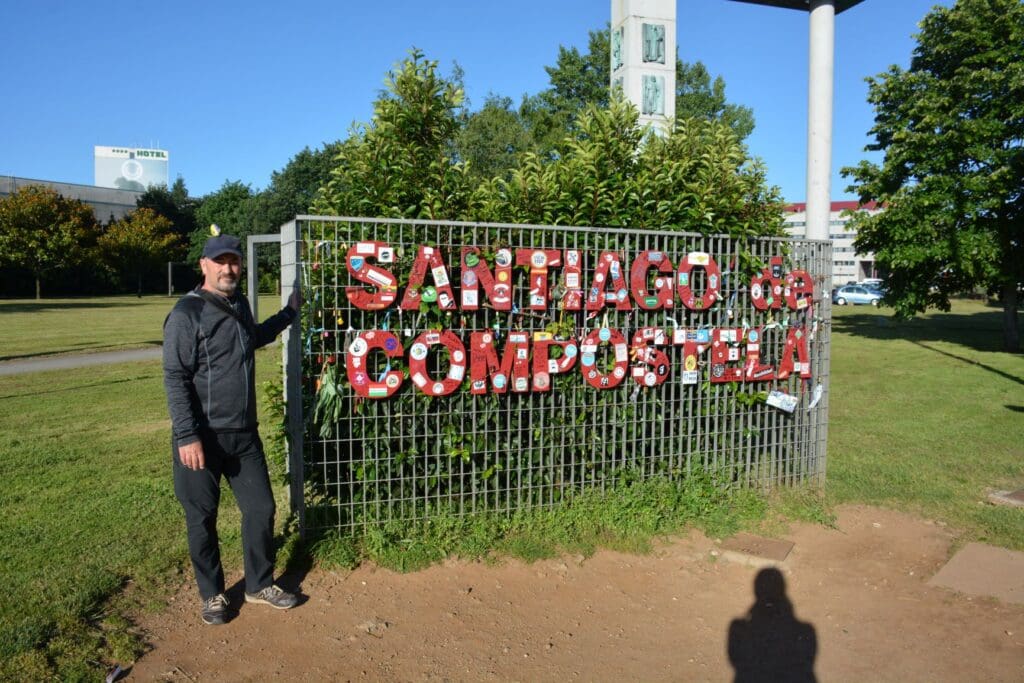
Walking with him was an Argentinian and the two of them jumped and celebrated as if they were Croats when we watched the Champions League final together one evening, in which Mandžukić in a Juventus shirt scored a scissor-kick goal with his back to Real Madrid.
Then there was David, a 74-year-old Englishman who spent most of his life driving a taxi in London. We also met Mark, an Australian from Hawthorn who walked 45-50 kilometres daily for the first few days. We warned him that this seemed too much to us and told him to be careful, and we met him again after a few days in one accommodation, ill, with swollen legs and unable to continue walking the next day.
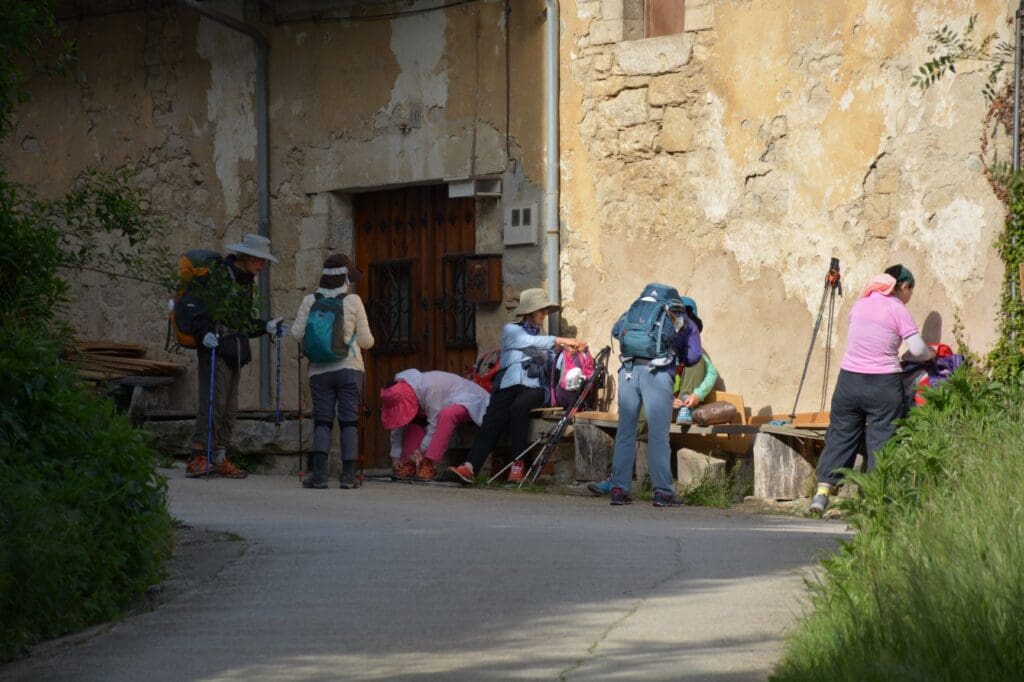
Group of Koreans who walk a little and use public transport – a little.
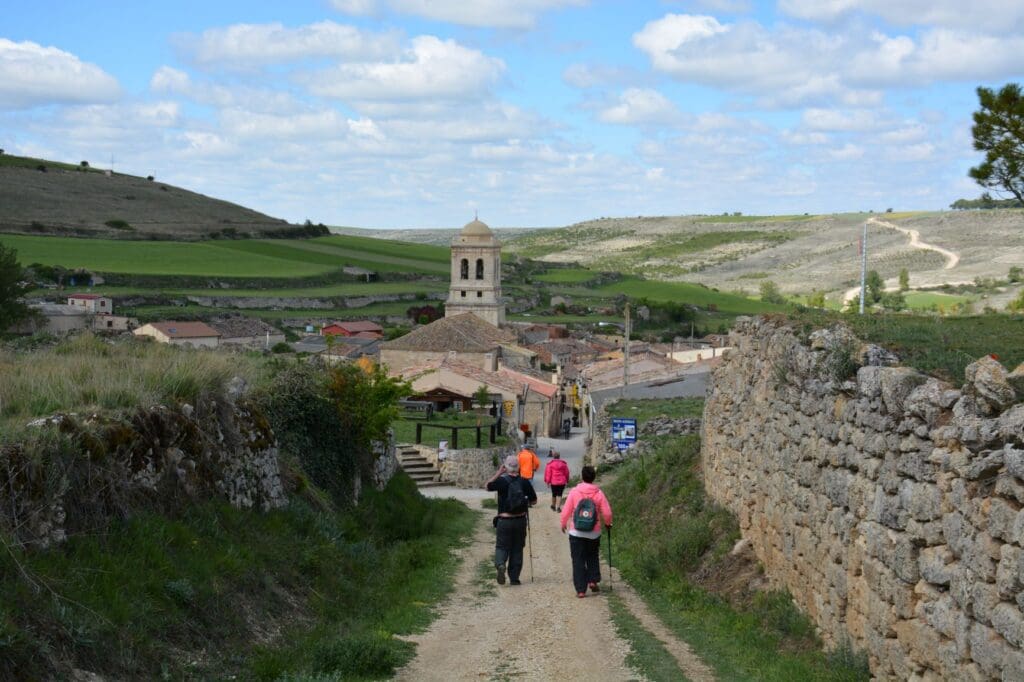
Hontanas, a small town where we met Alenka, the Slovenian.
On the journey we also met two Croatian women, Dražena from Šibenik and Karla from the island of Hvar. After that Camino, Dražena walked three other routes, including the one from Portugal, and also completed the 150-kilometre-long Camino on the island of Krk. We’re still in contact with Dražena today and we meet for coffee whenever we’re in Šibenik.
Then there was Franco, an Italian from Turin, his doctor friend and three other Italians who took their friend on the journey – a man who had gone blind due to some illness, and whose life wish before the illness had been to go on the Camino.
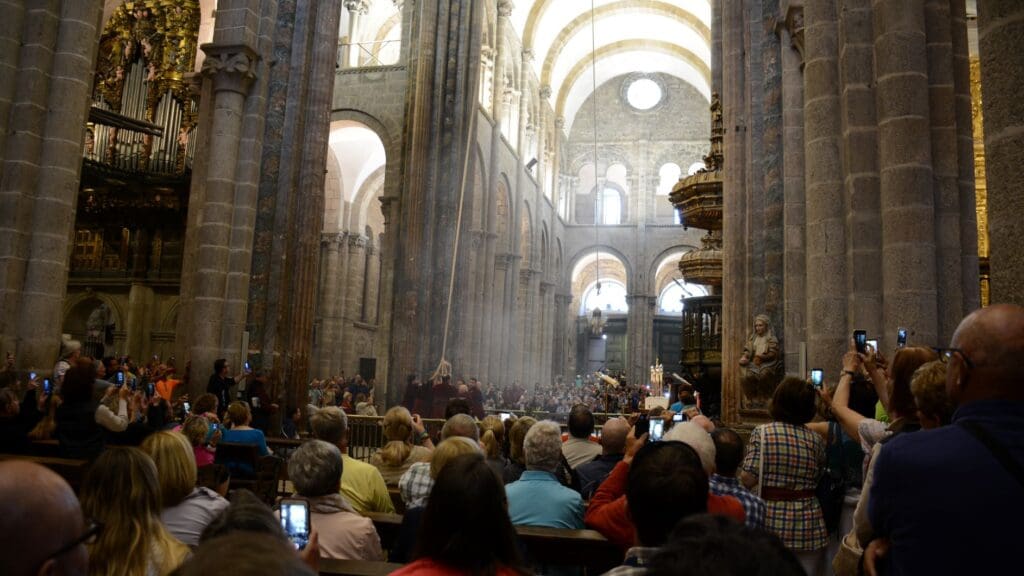
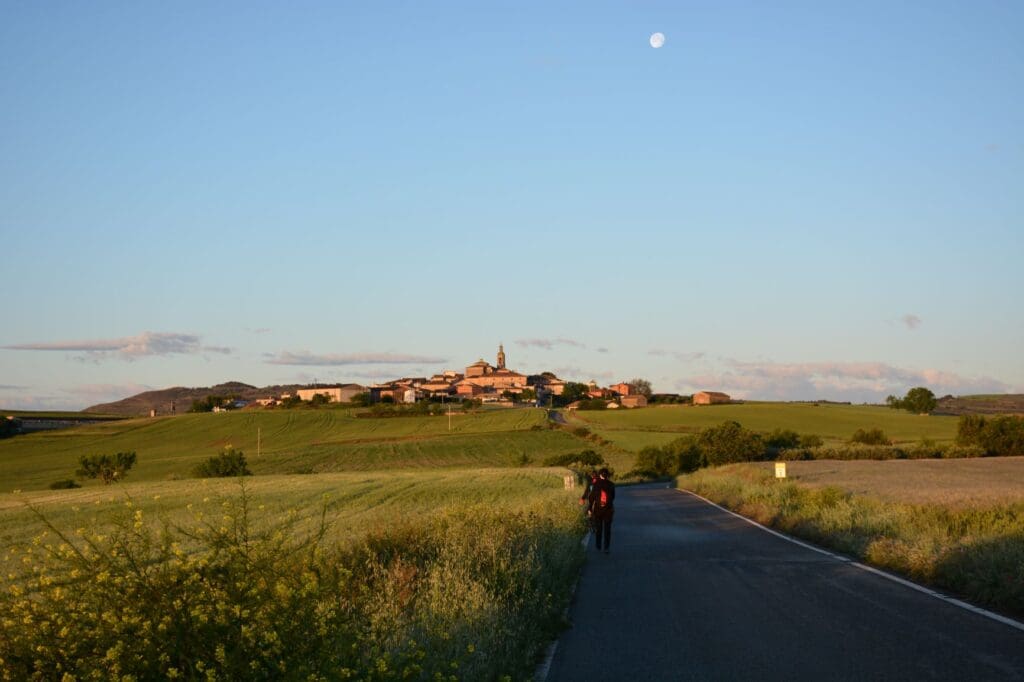
I also remember the mass for pilgrims in the church of St Mary in the town of Carrión de los Condes, with its inspired sermon and divine singing by the nuns. A special energy could be felt in the church and all the pilgrims and local population greeted the end of the sermon with tears of joy in their eyes.
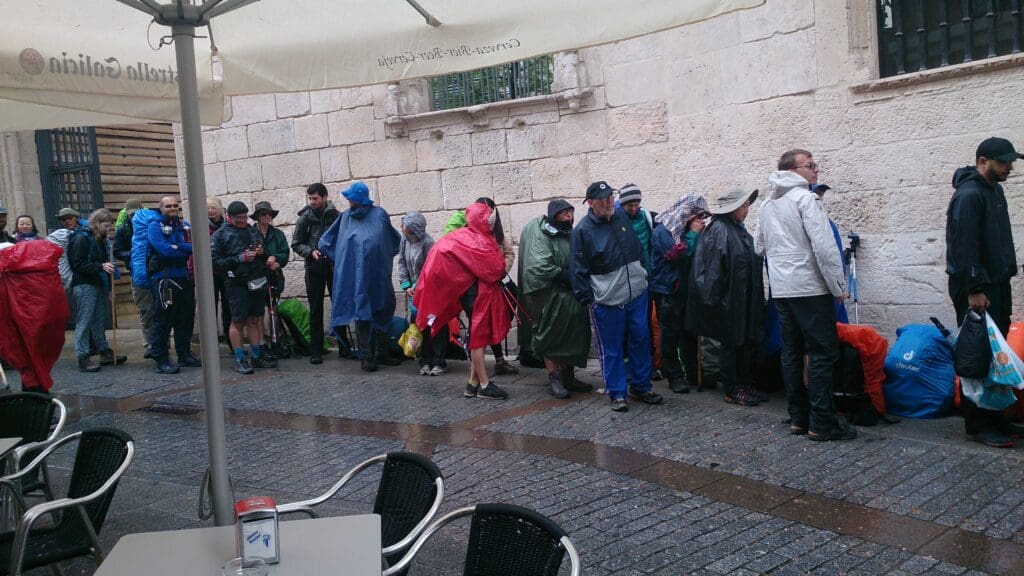
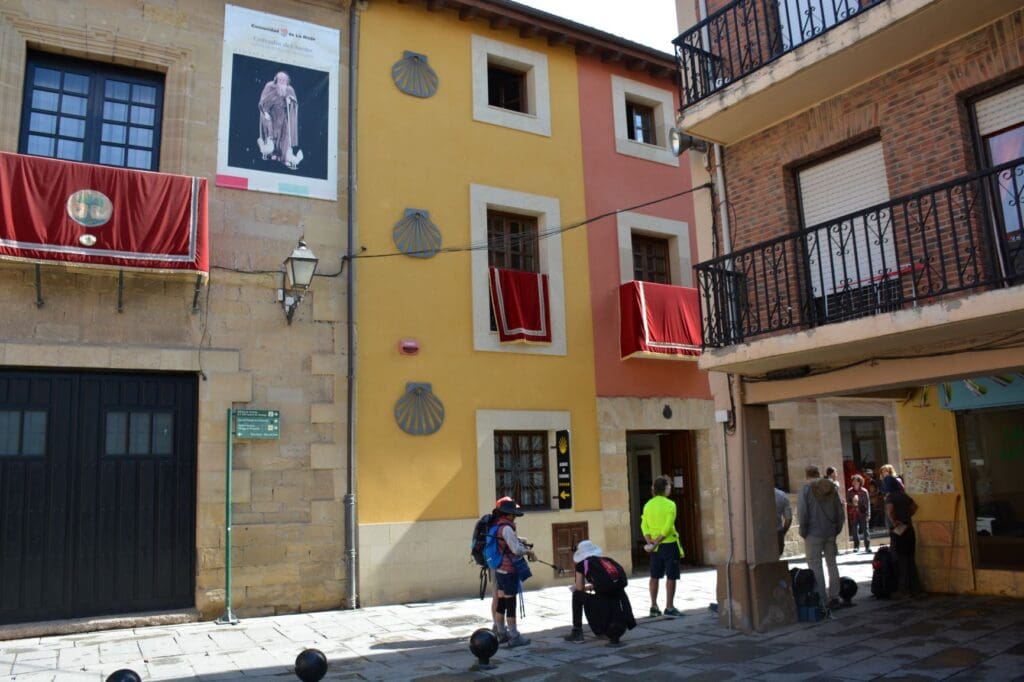
Advice for Others
What would you say to other Croats in Australia who are thinking about embarking on El Camino?
Walking the Camino is a wonderful experience that I would recommend to anyone thinking about it, regardless of the reasons why they would embark on the journey. You just need to inform yourself well, prepare and not rush. The Camino is not a competition and you need to walk it at a pace that suits you. We ended up walking our Camino in 32 days and stayed after that an additional 3 days in Santiago.
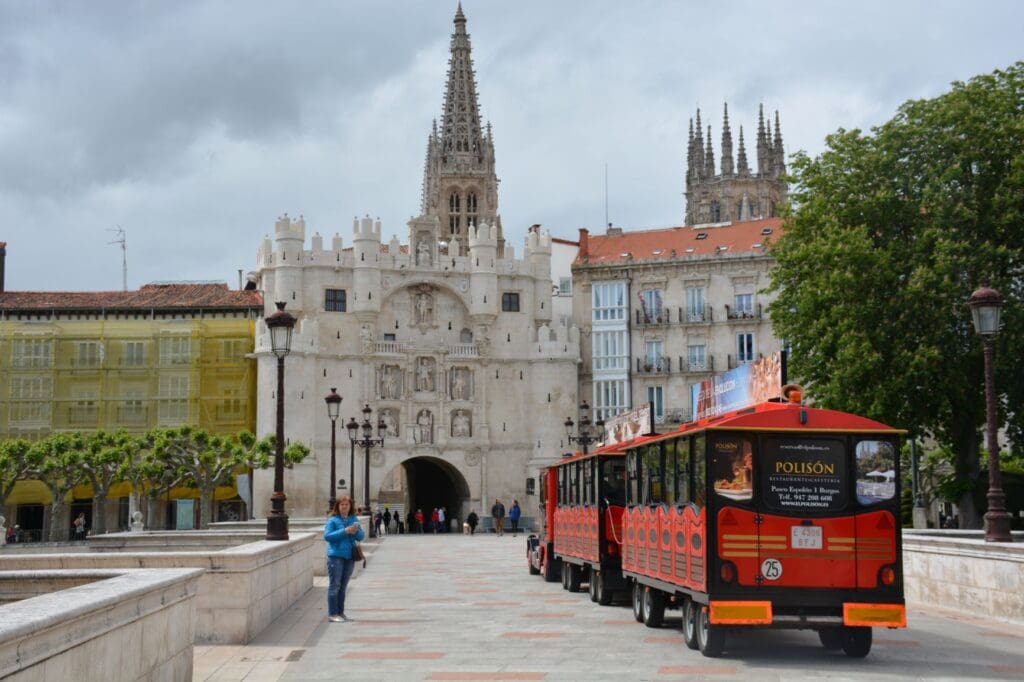
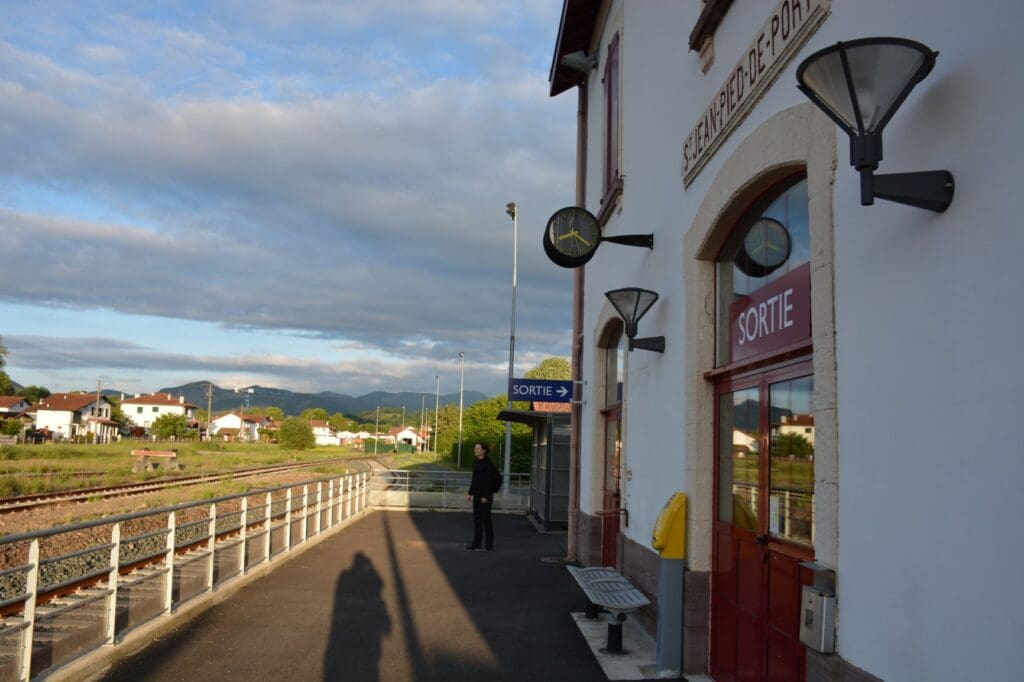
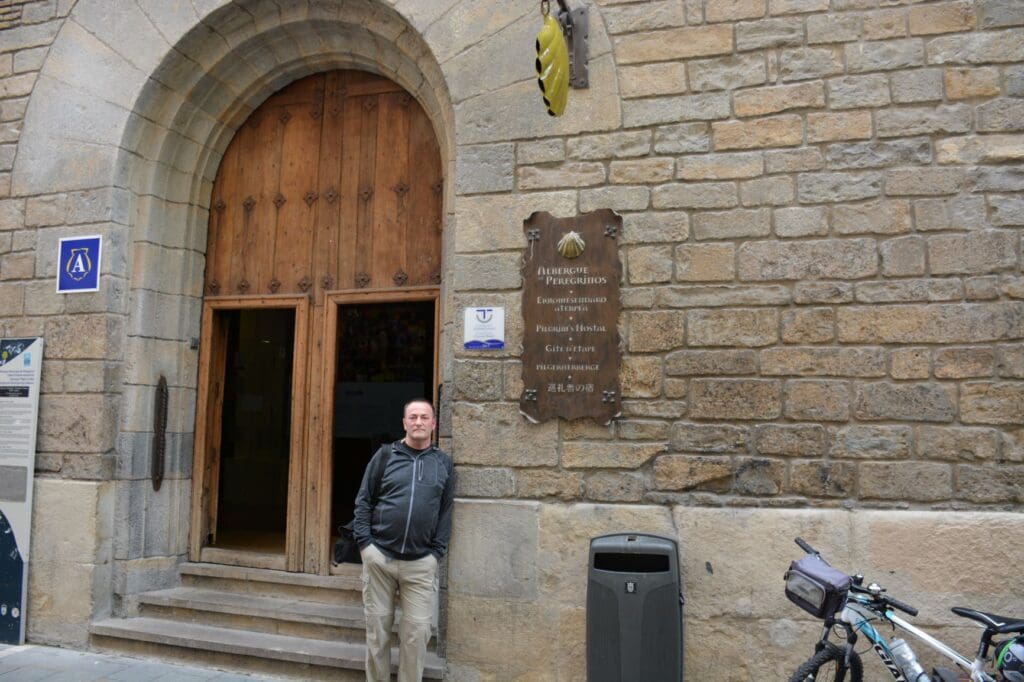
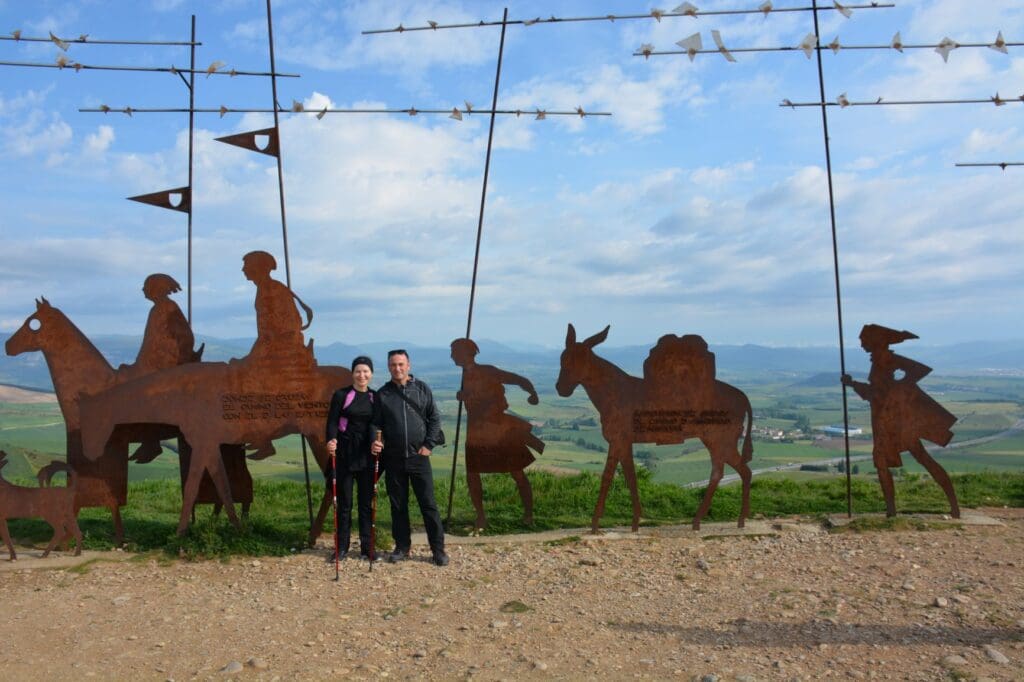
Personally, I think it’s always better to go on such a journey in pairs, but if you’re alone, don’t worry – on the Camino you’ll meet other pilgrims from around the world so you’ll never be alone, except when you want to be alone. If you’d like to experience the Camino but don’t have time for a trip to France, Spain or Portugal, you can also go on one of the paths in Croatia such as the Camino on the island of Krk. The feeling is certainly wonderful but the experience is different.
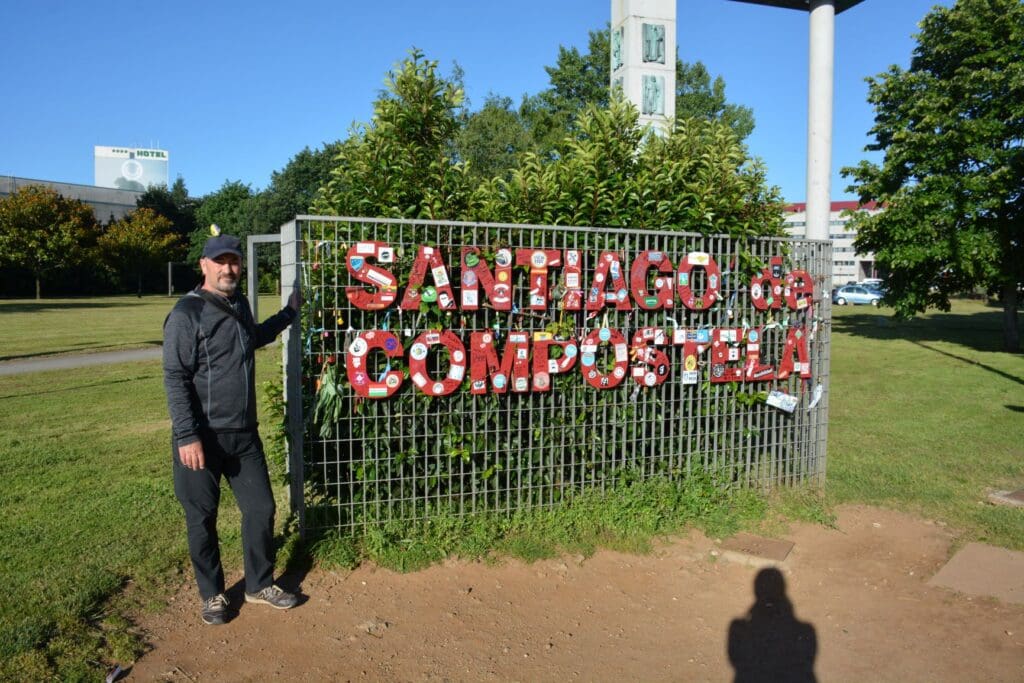
Read more about parts of the Camino route in Croatia here – ‘From Spain’s Sacred Path to Croatia’s Medieval Routes’ https://vjesnik.com.au/2025/07/from-spains-sacred-path-to-croatias-medieval-routes/

